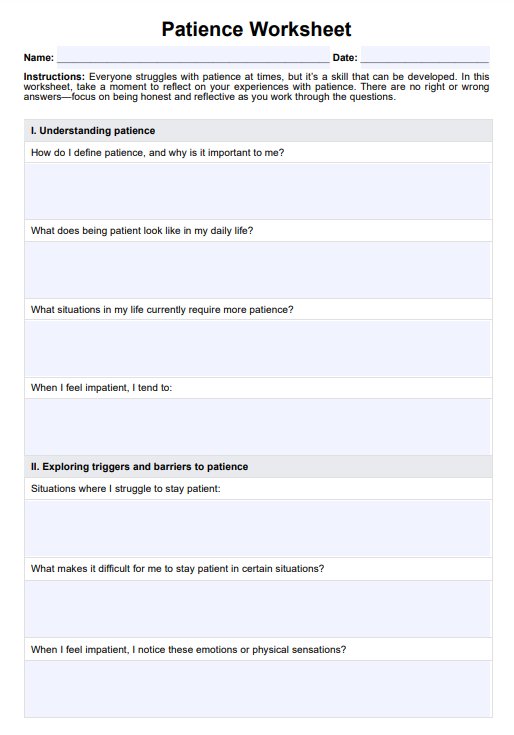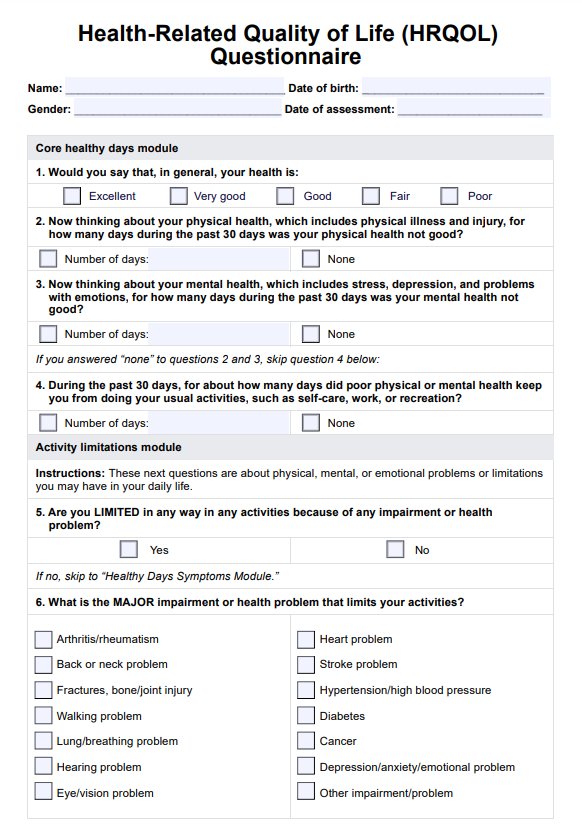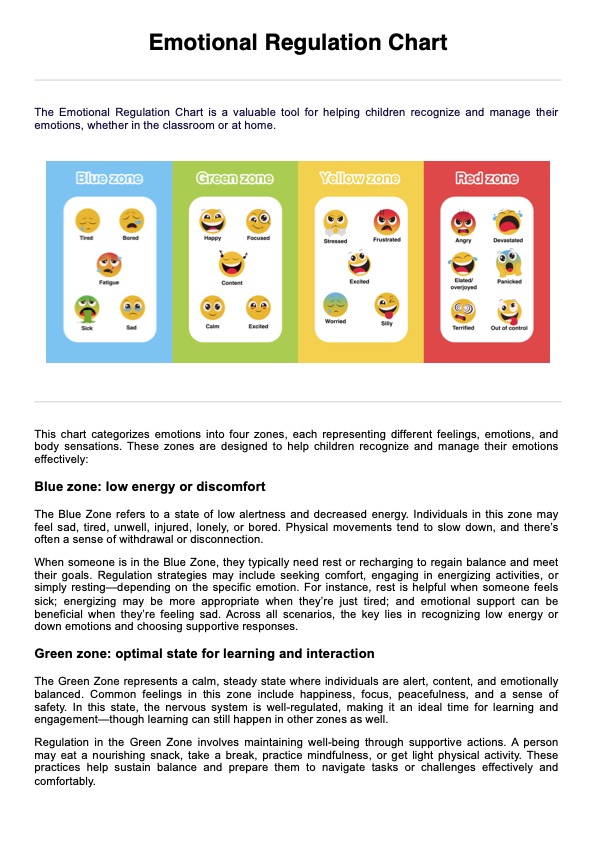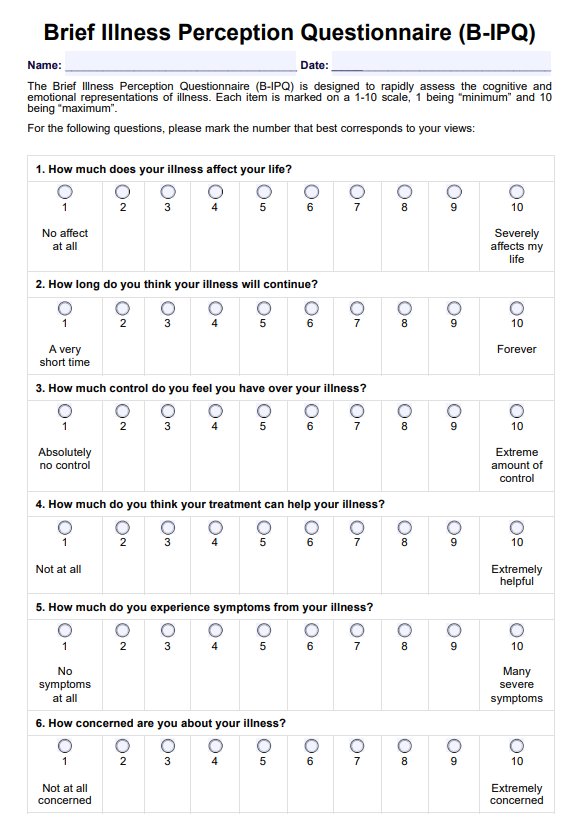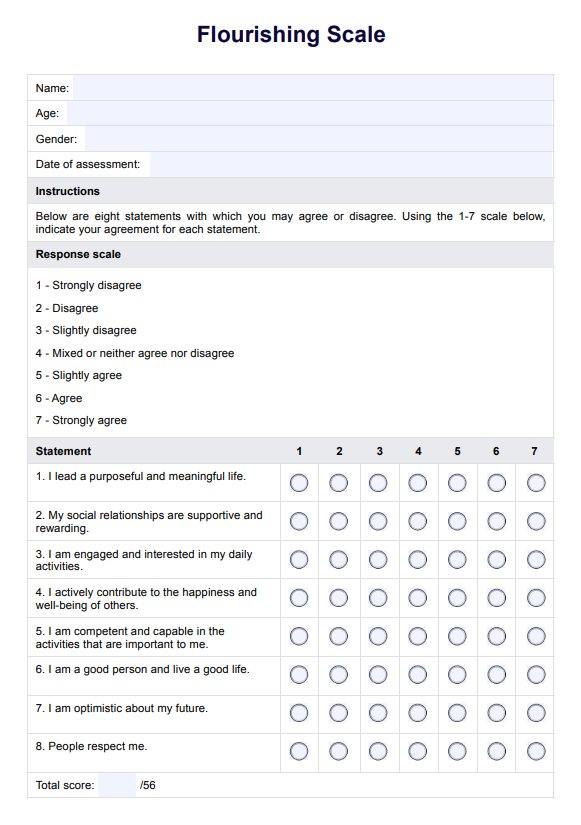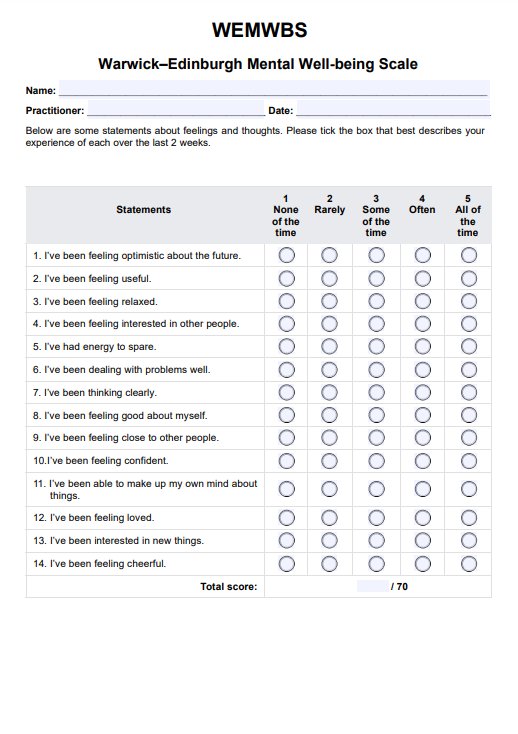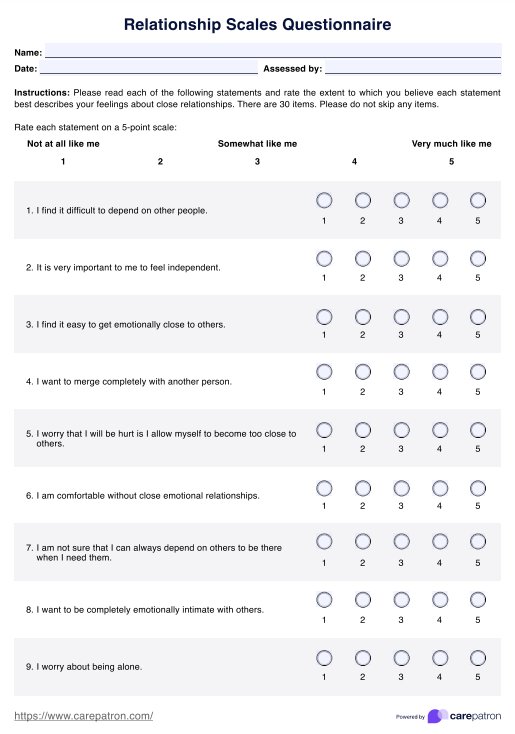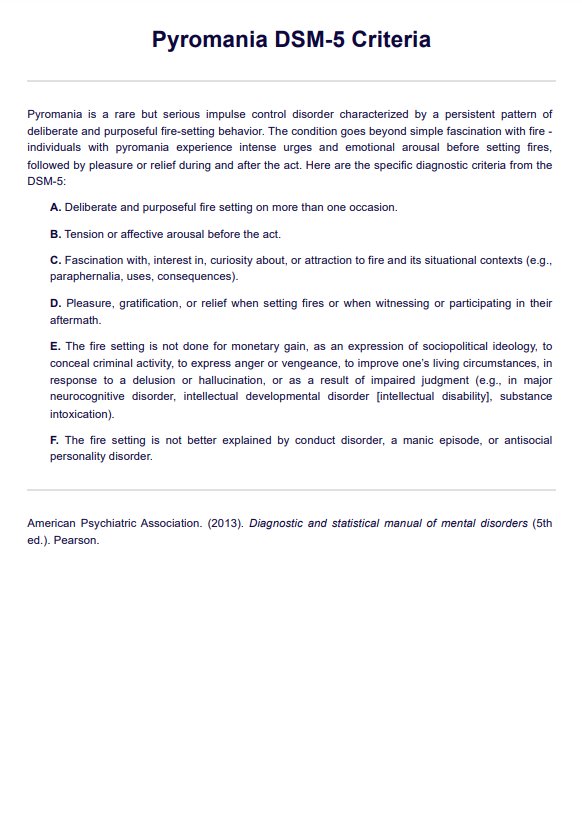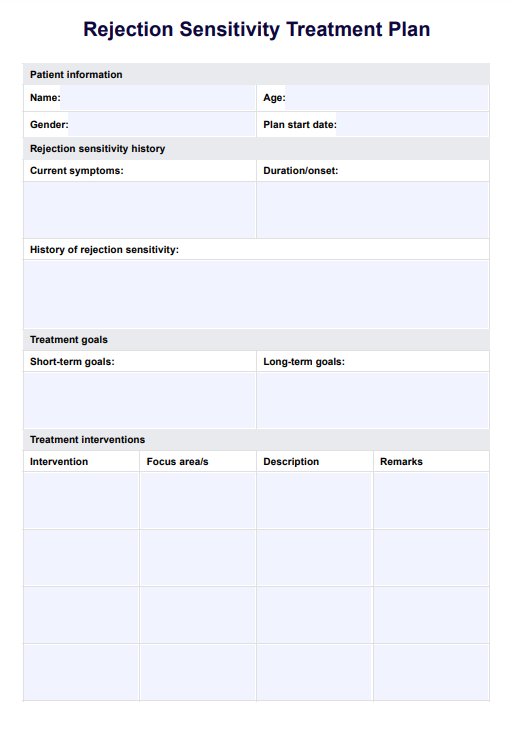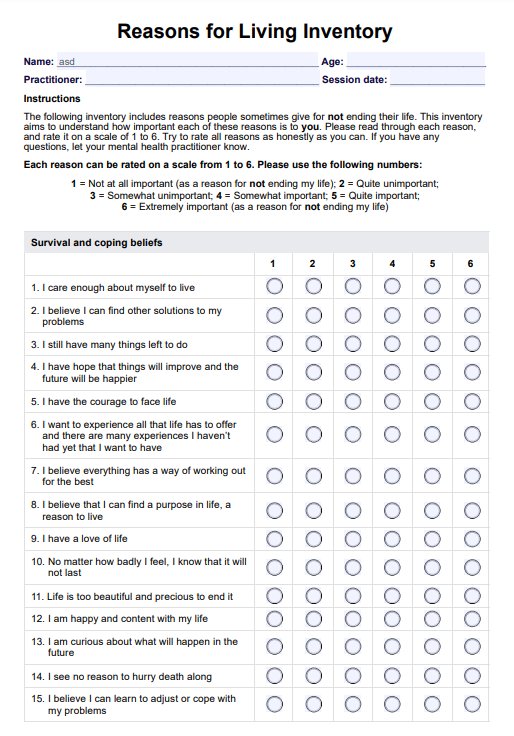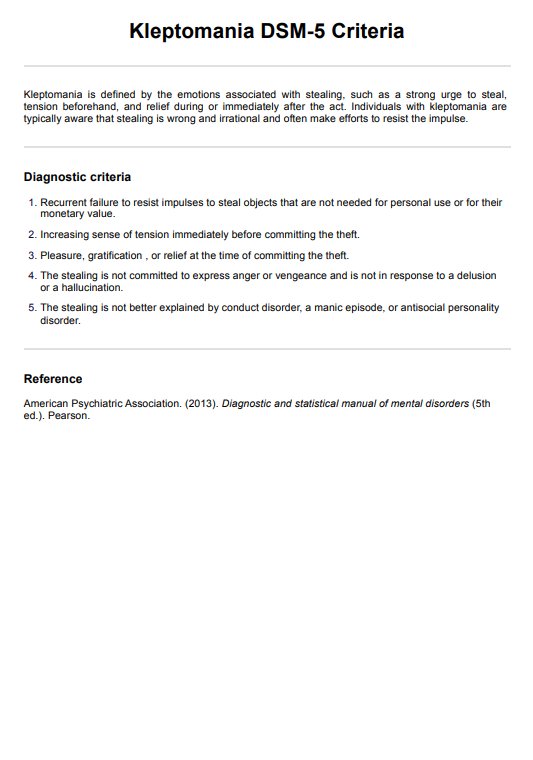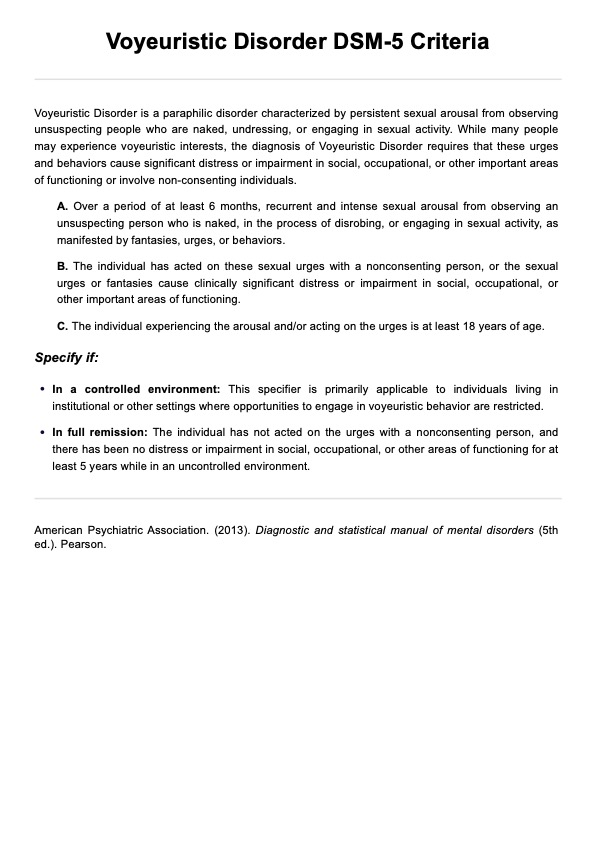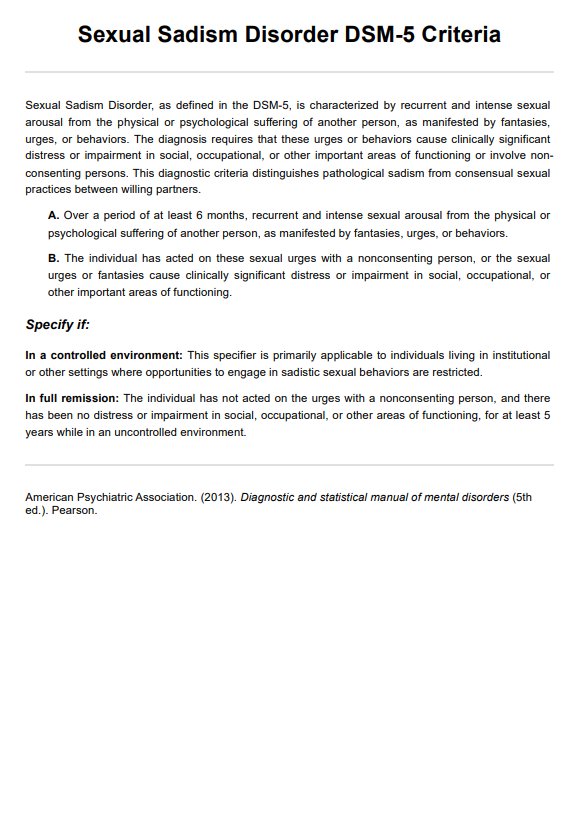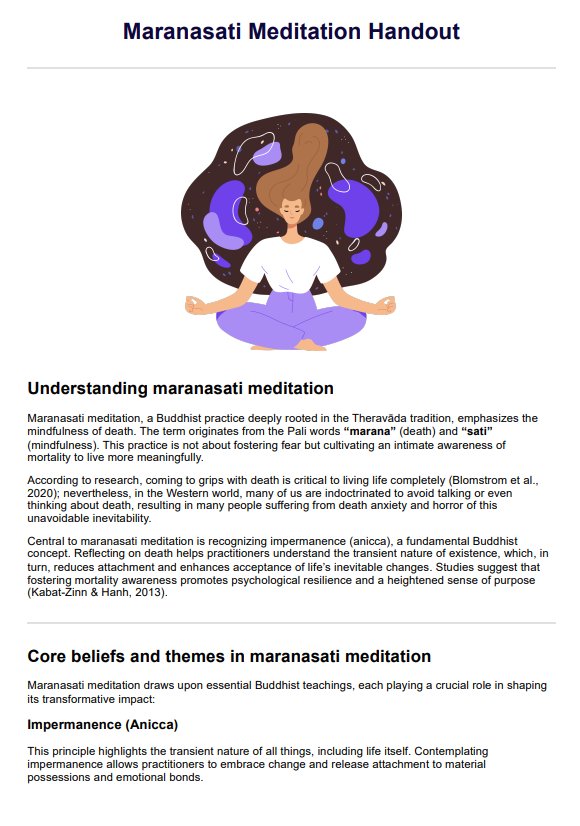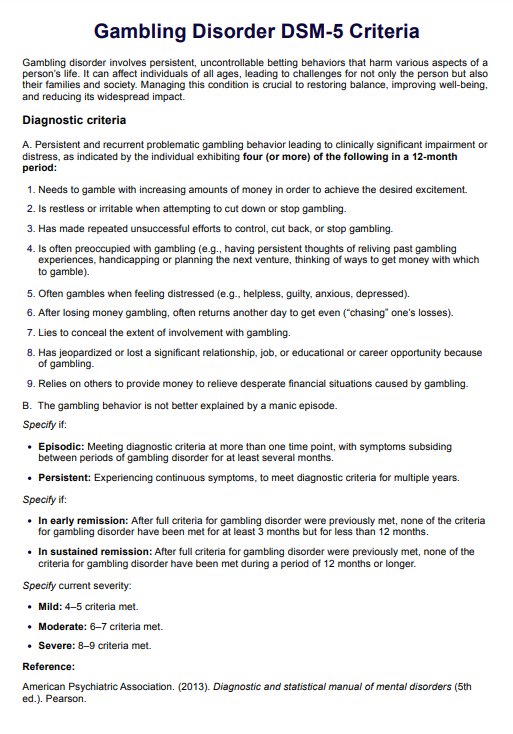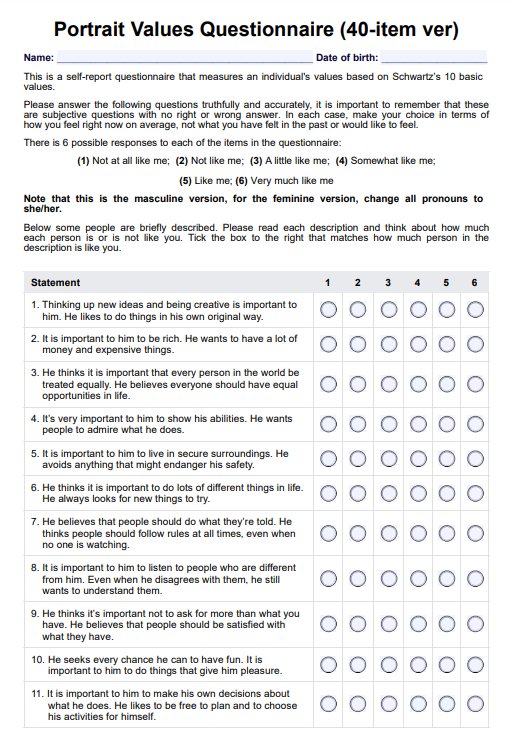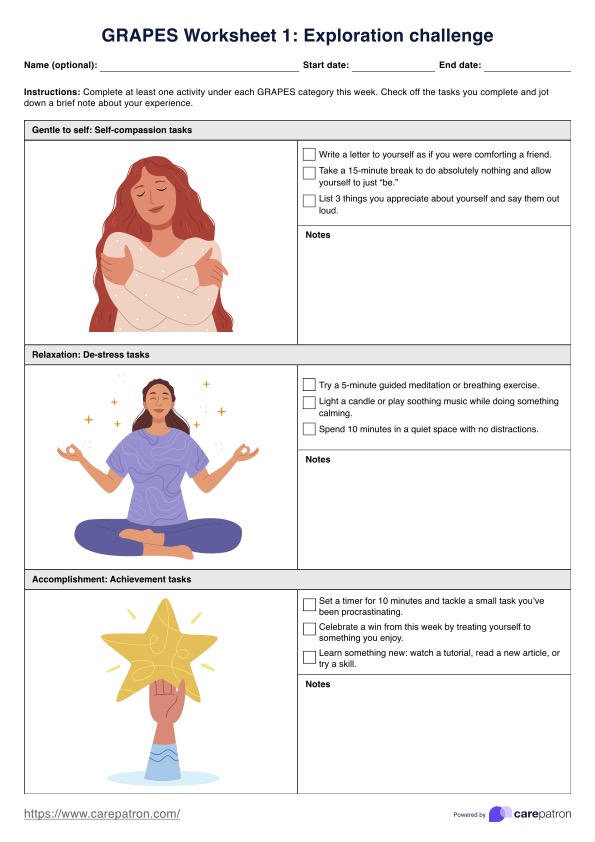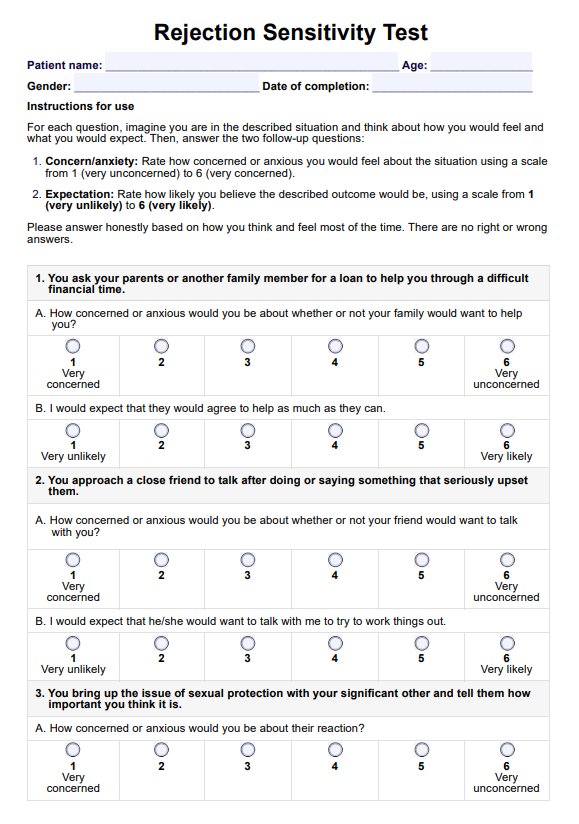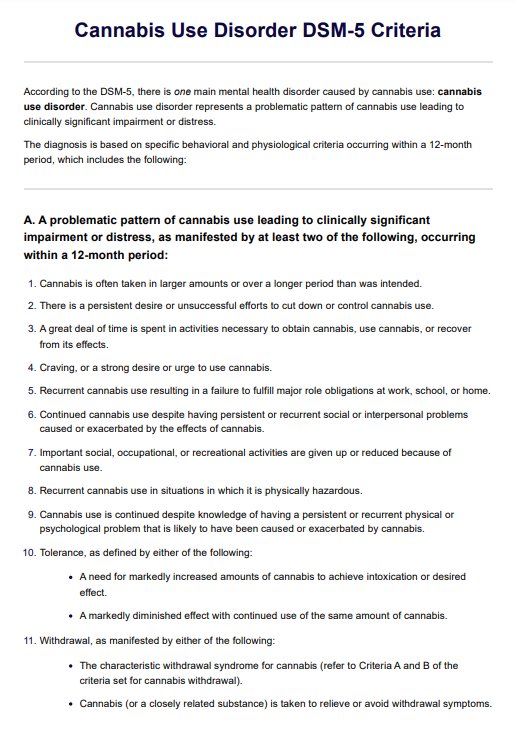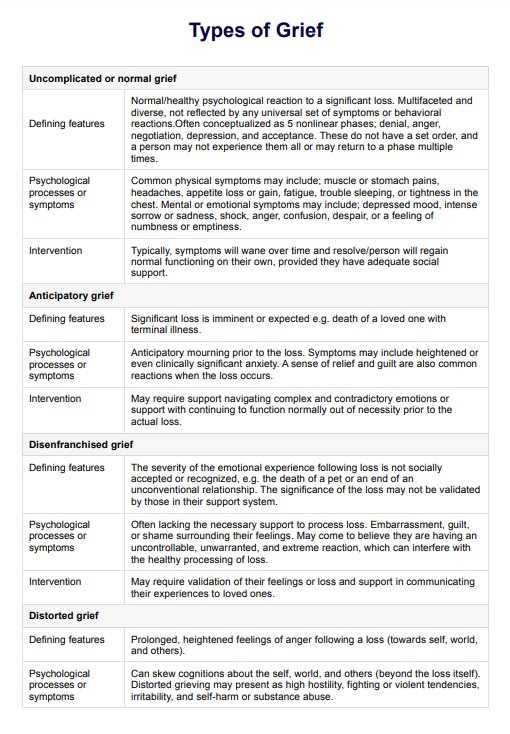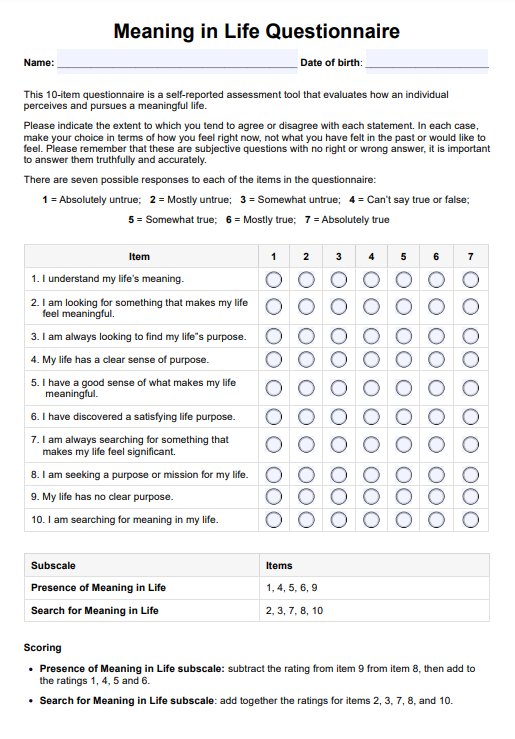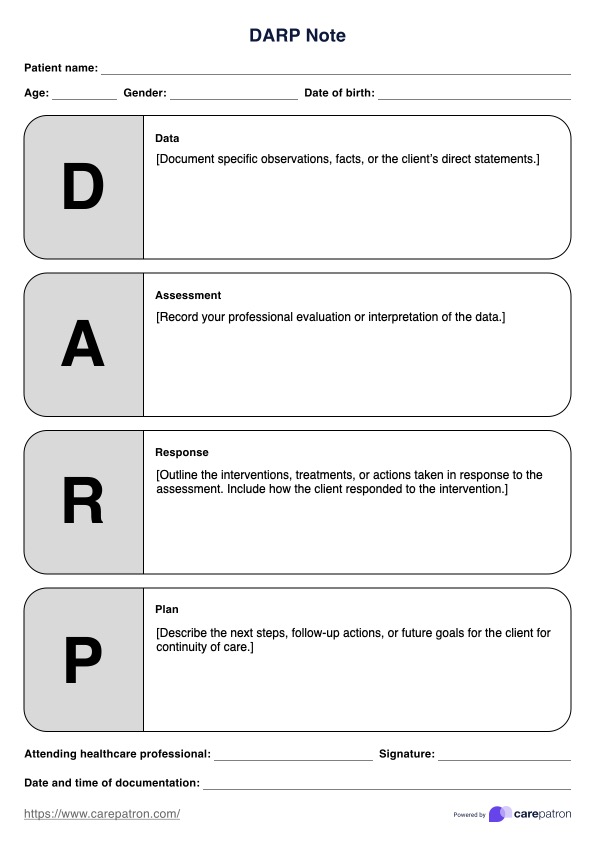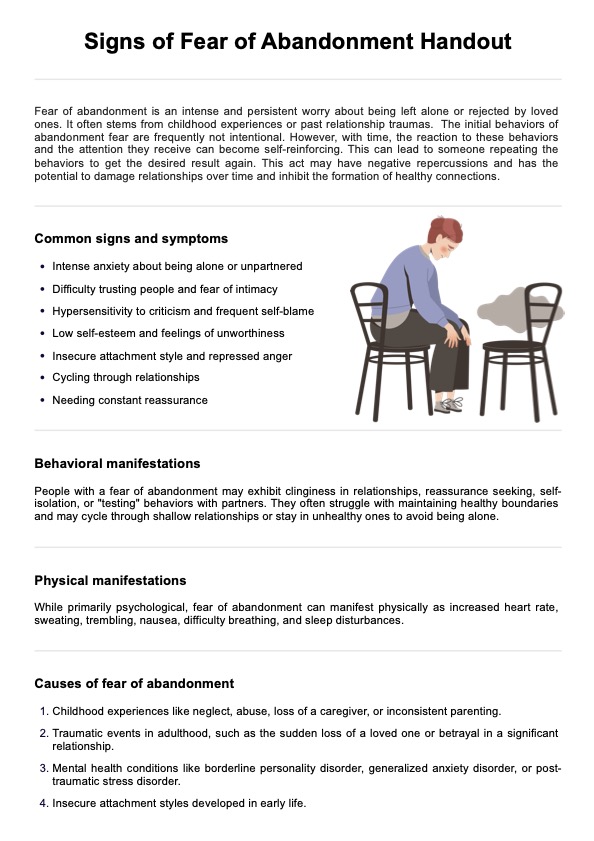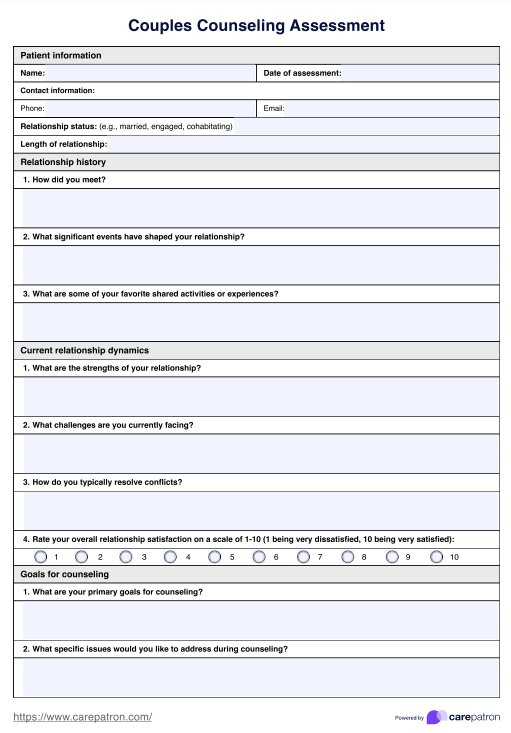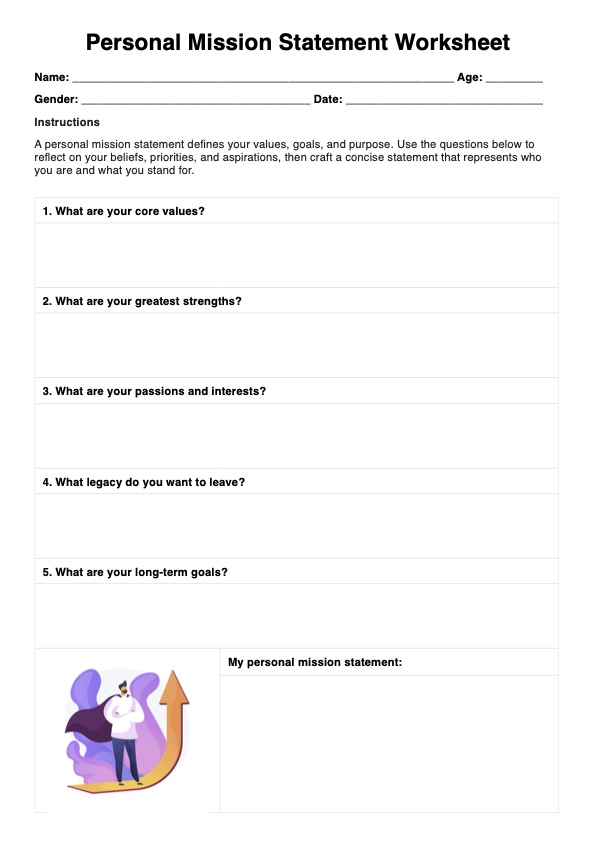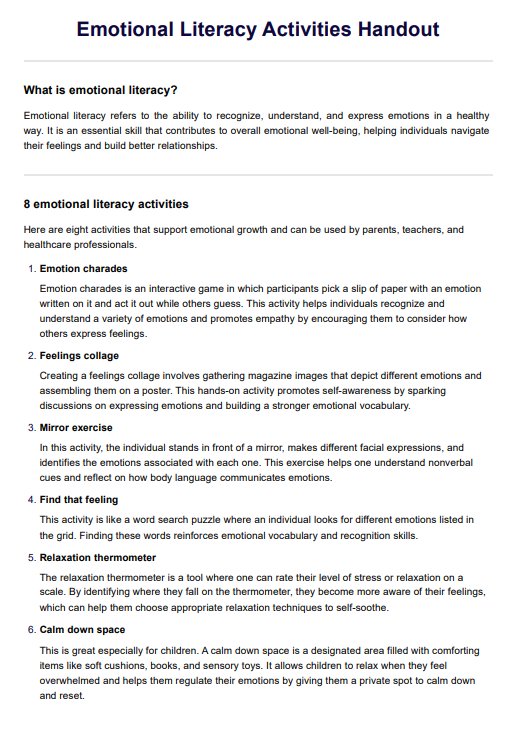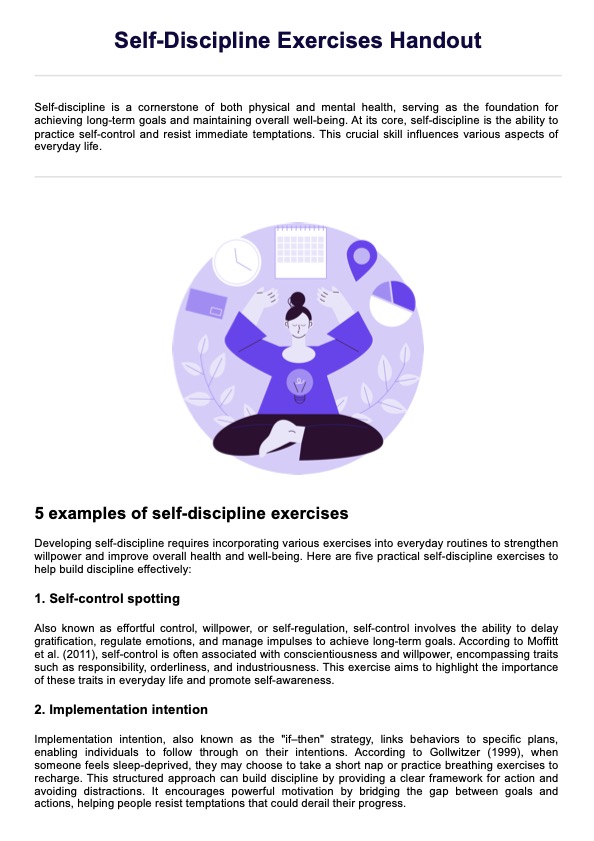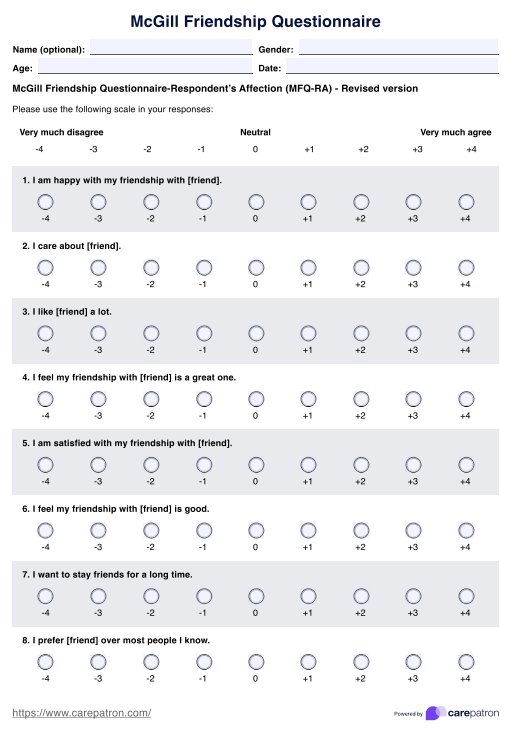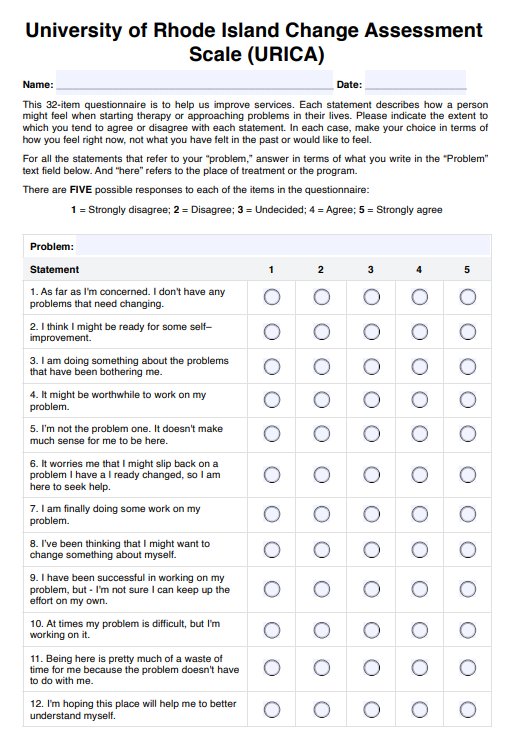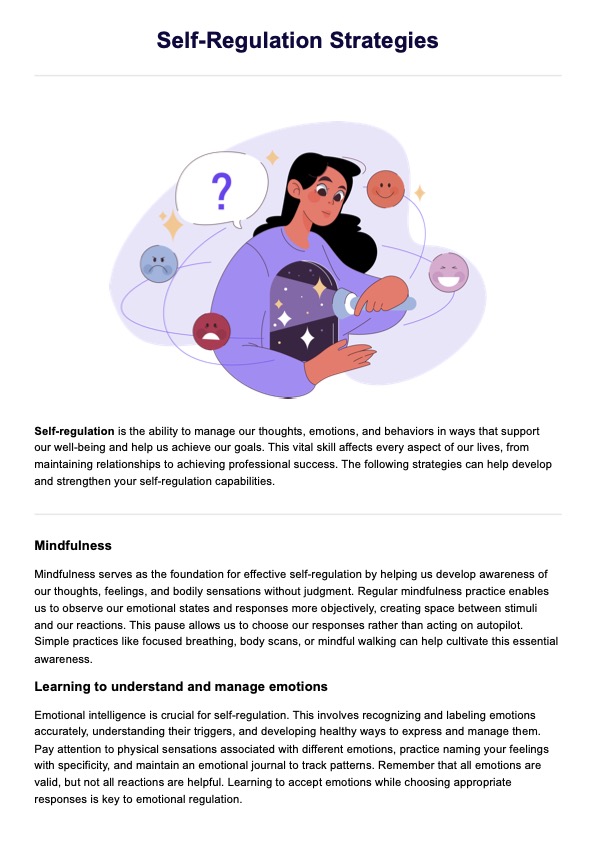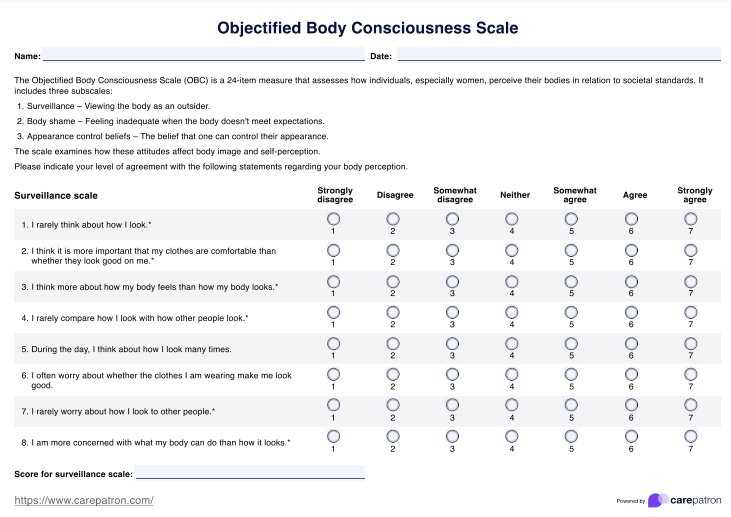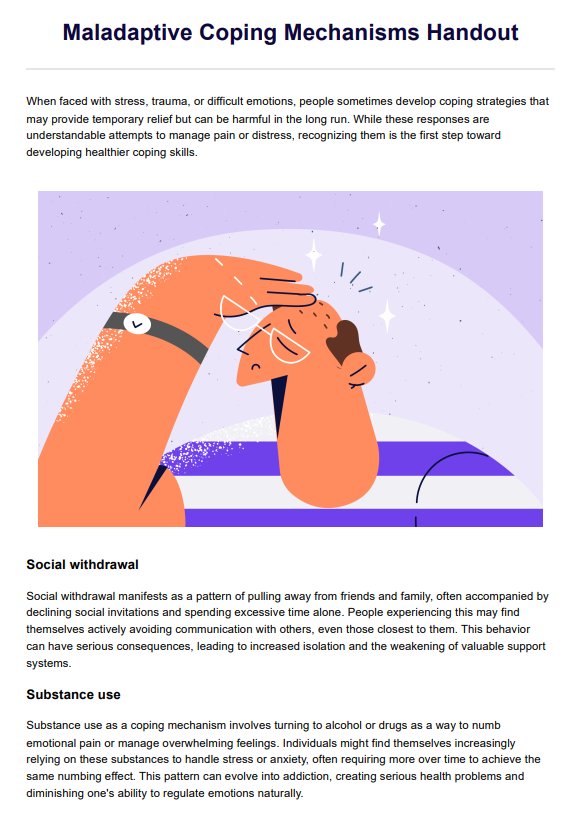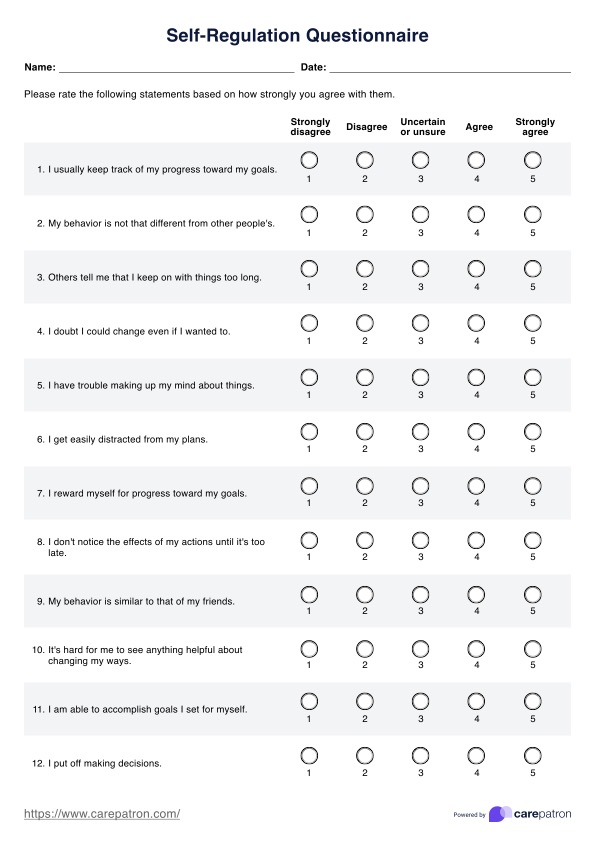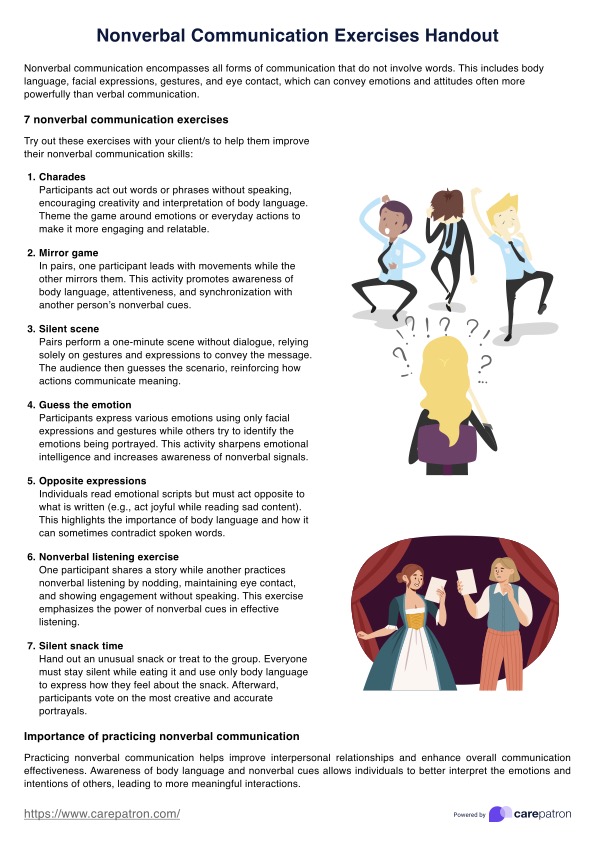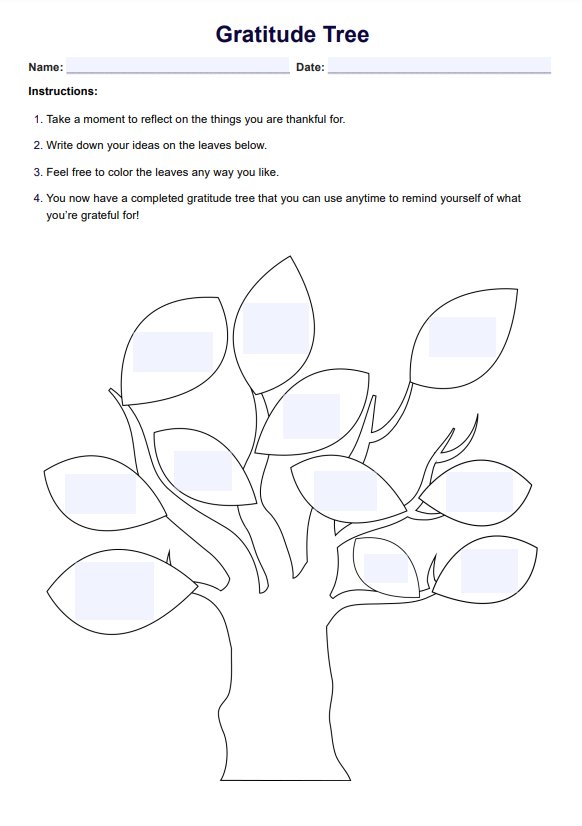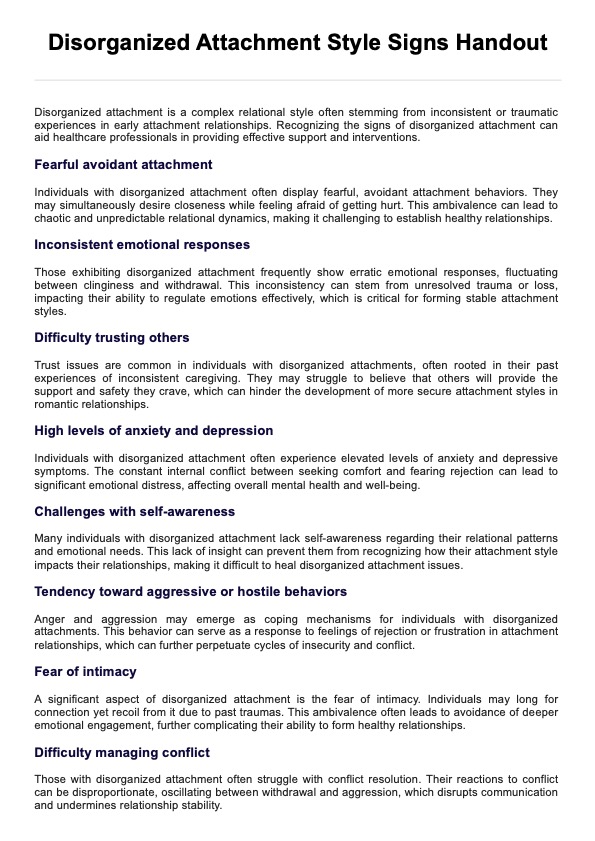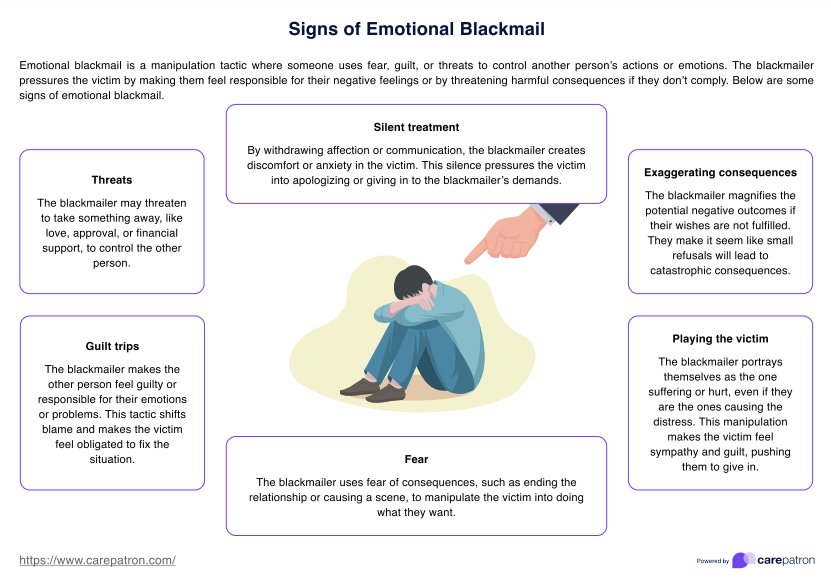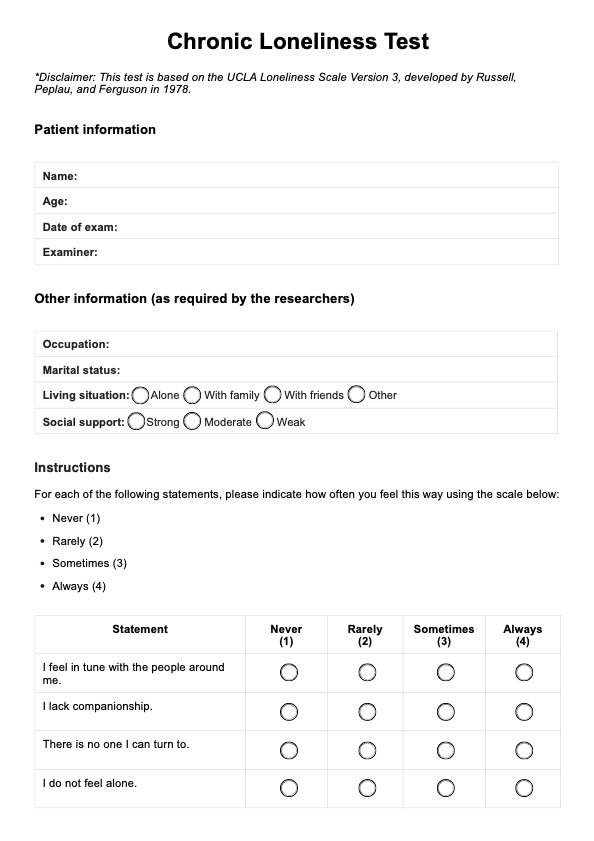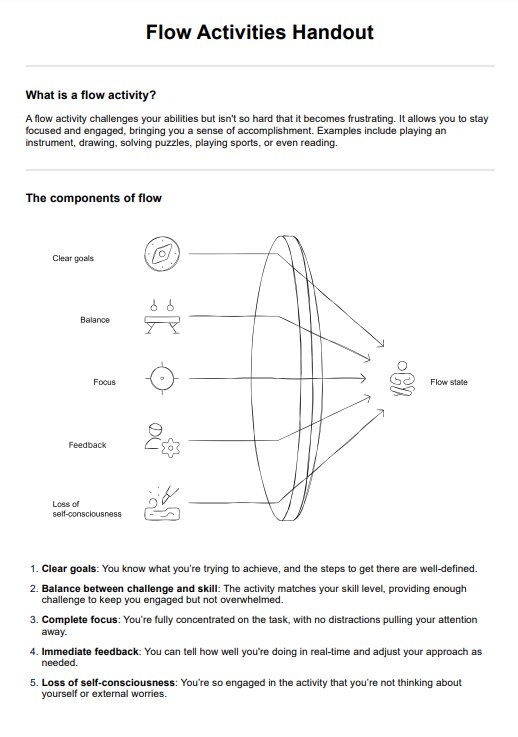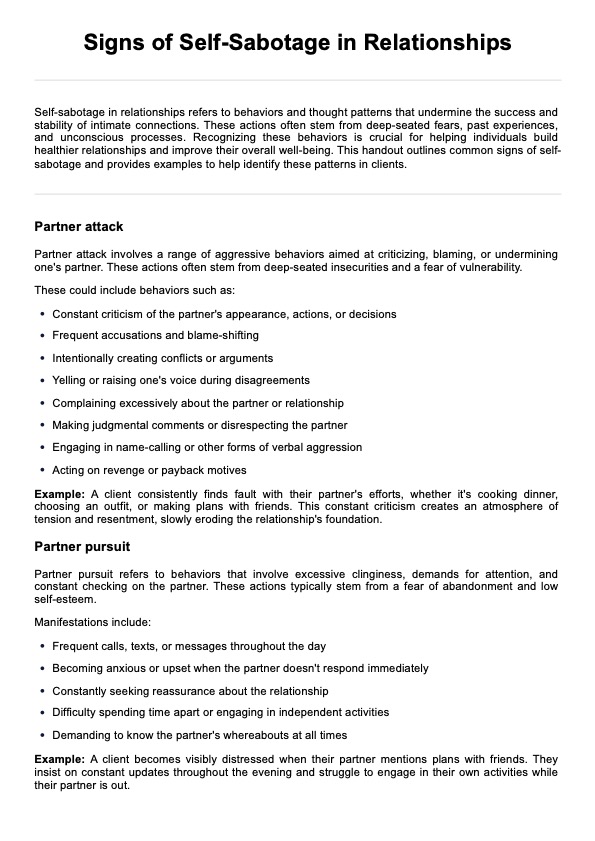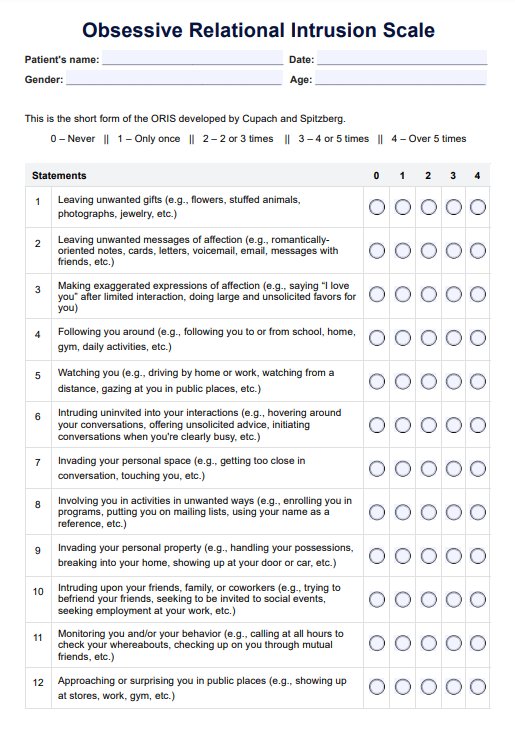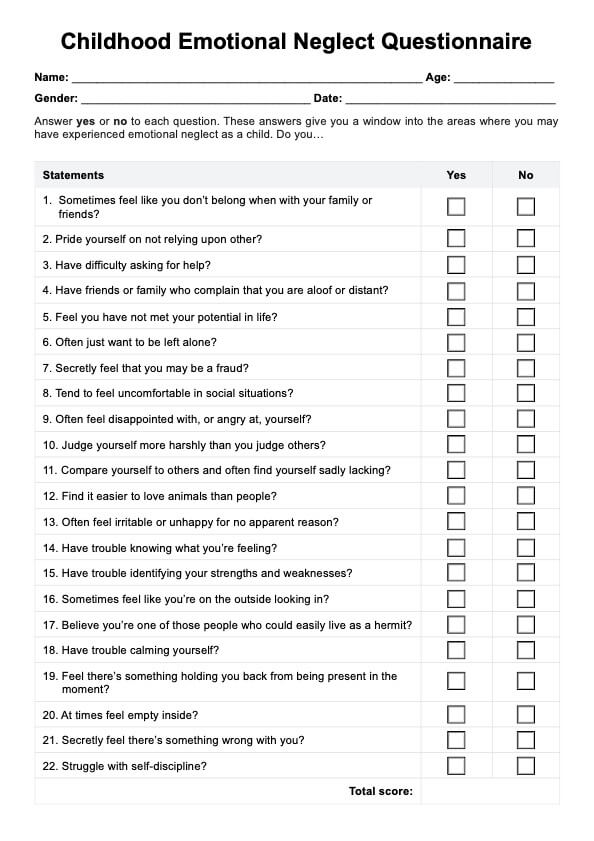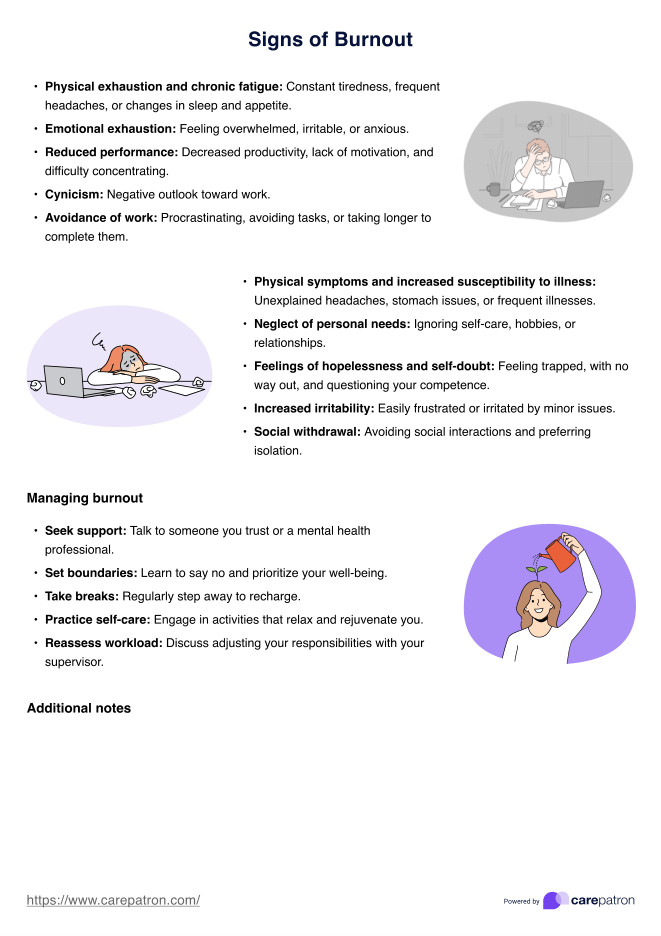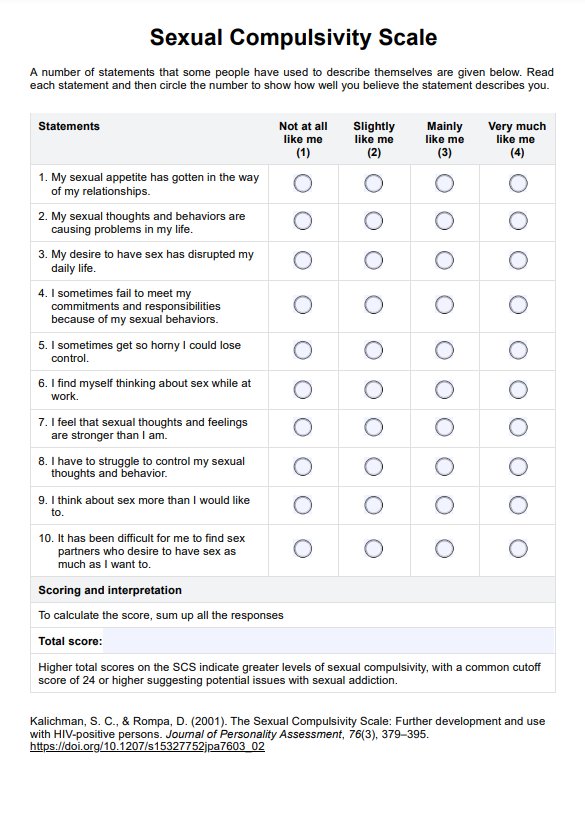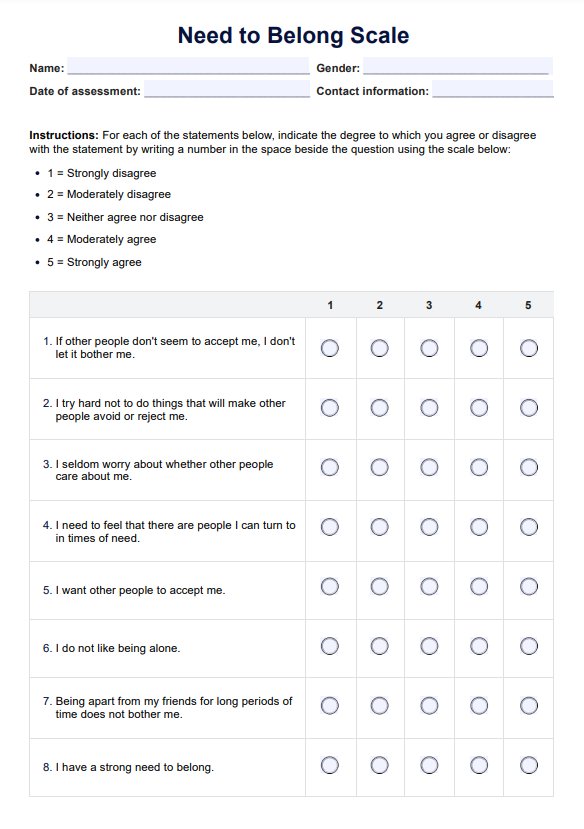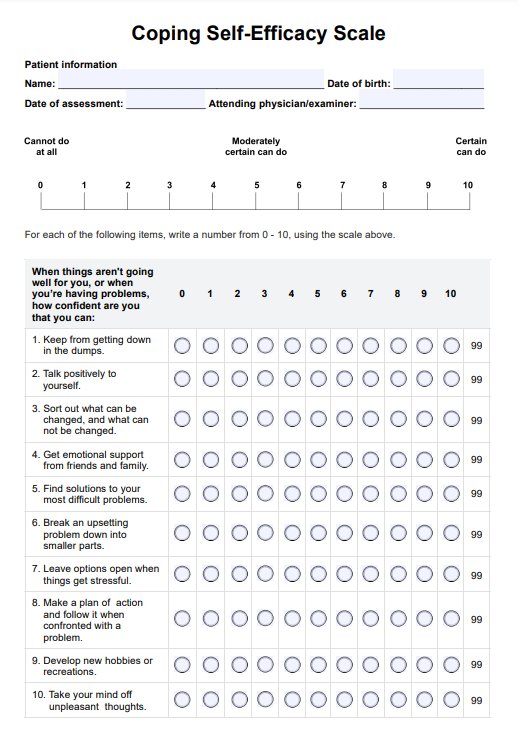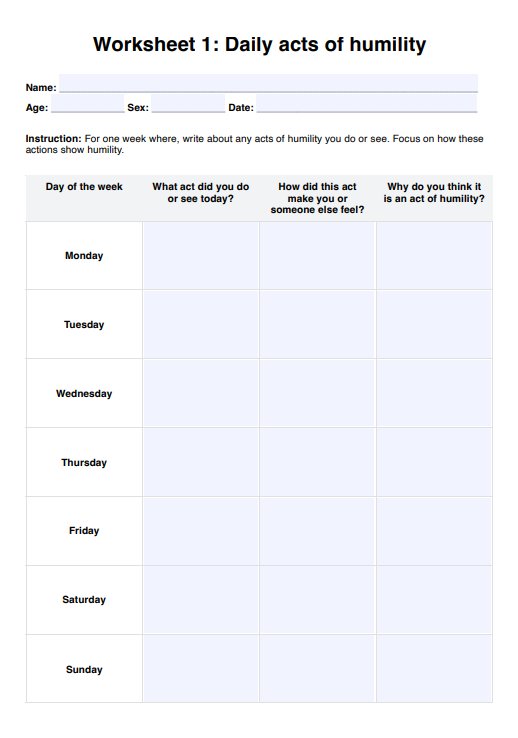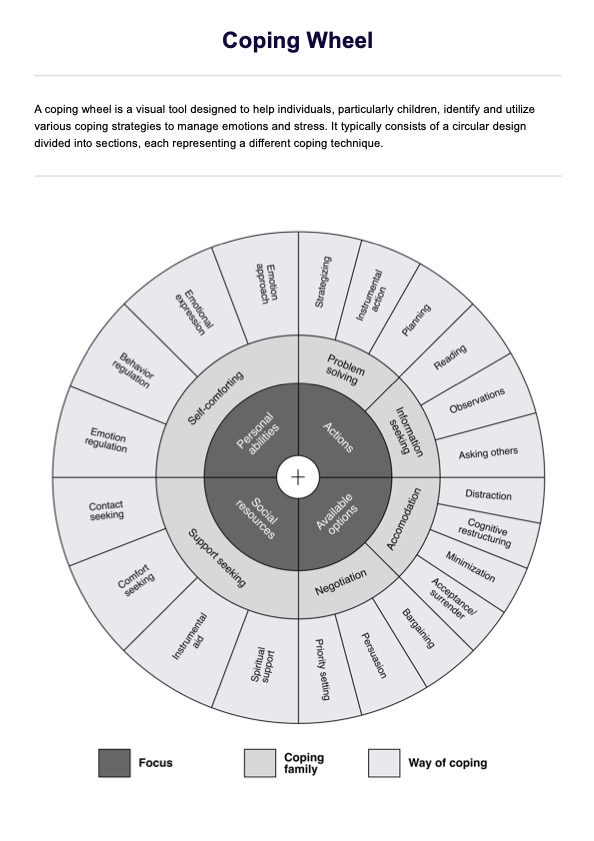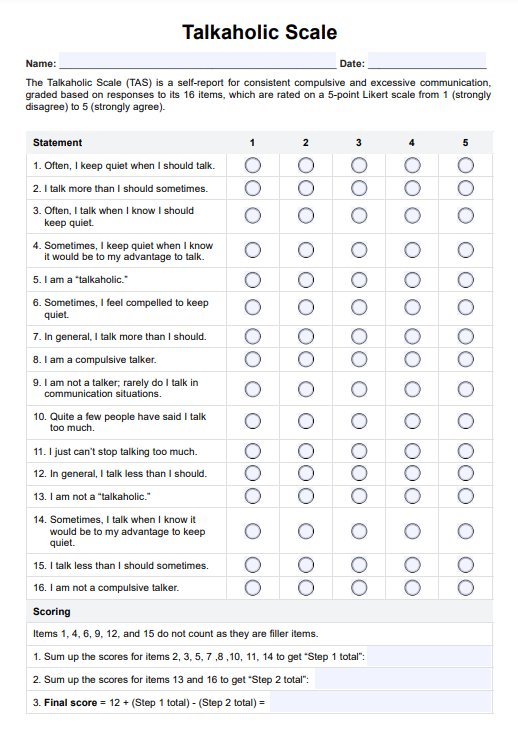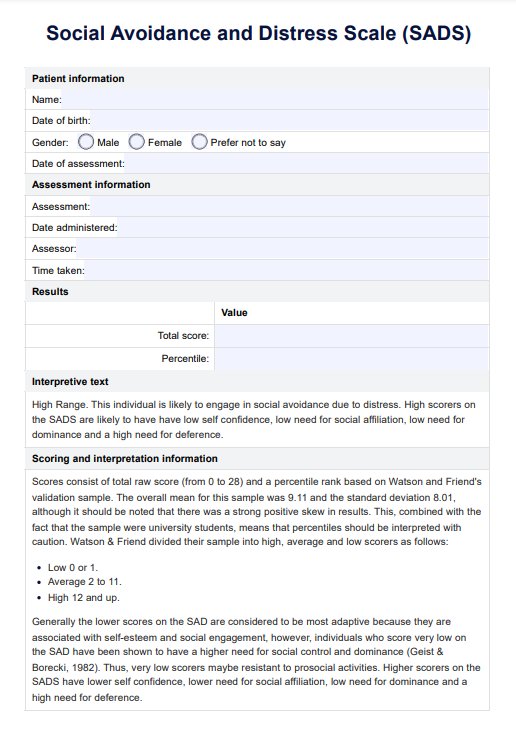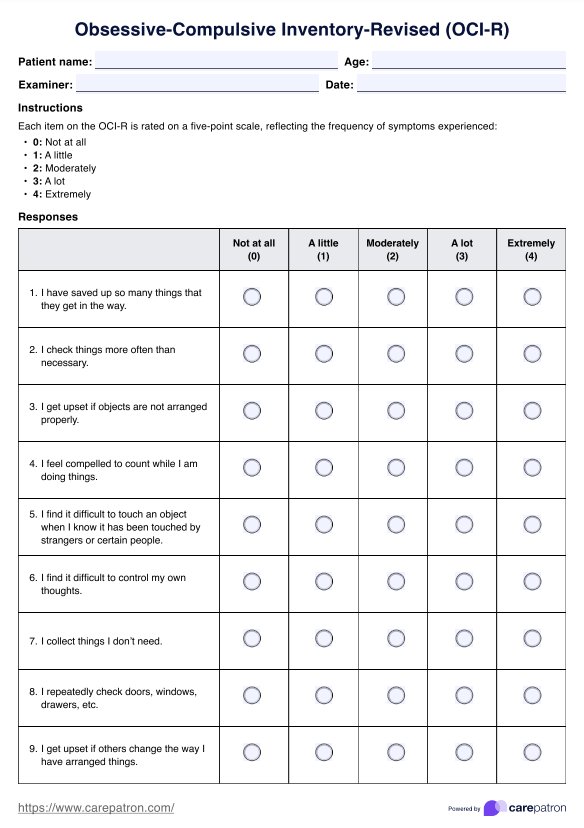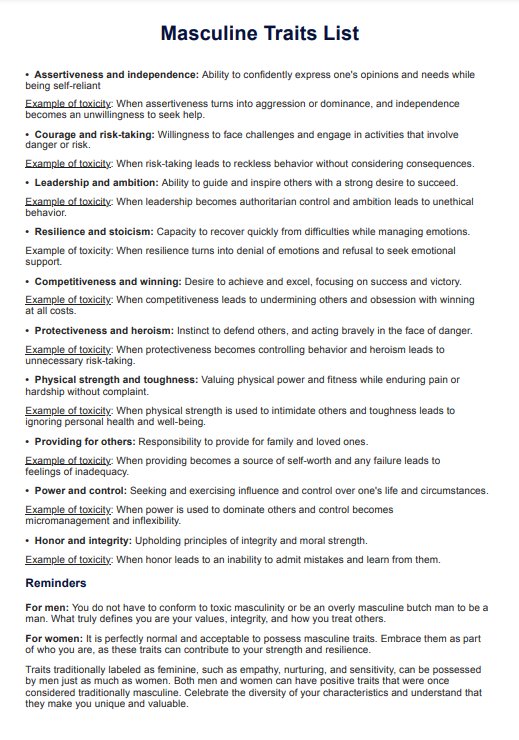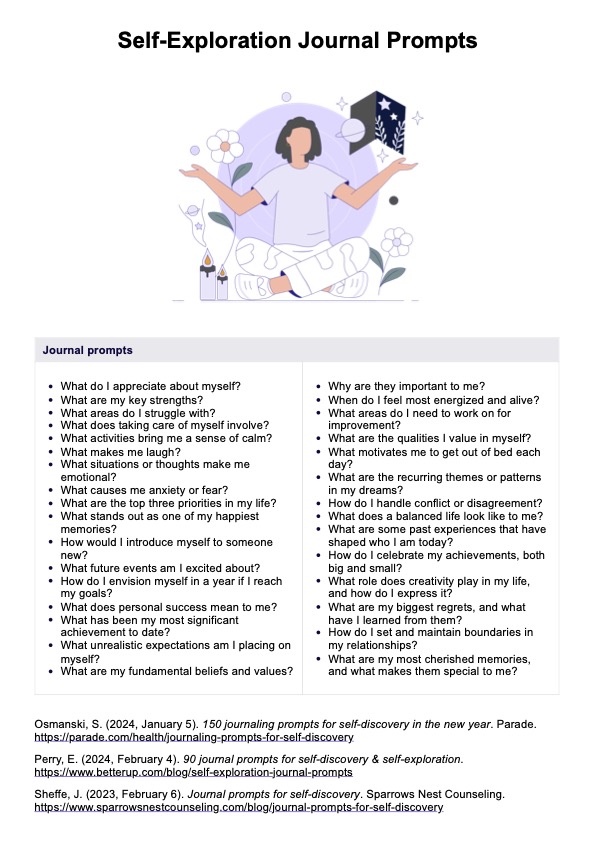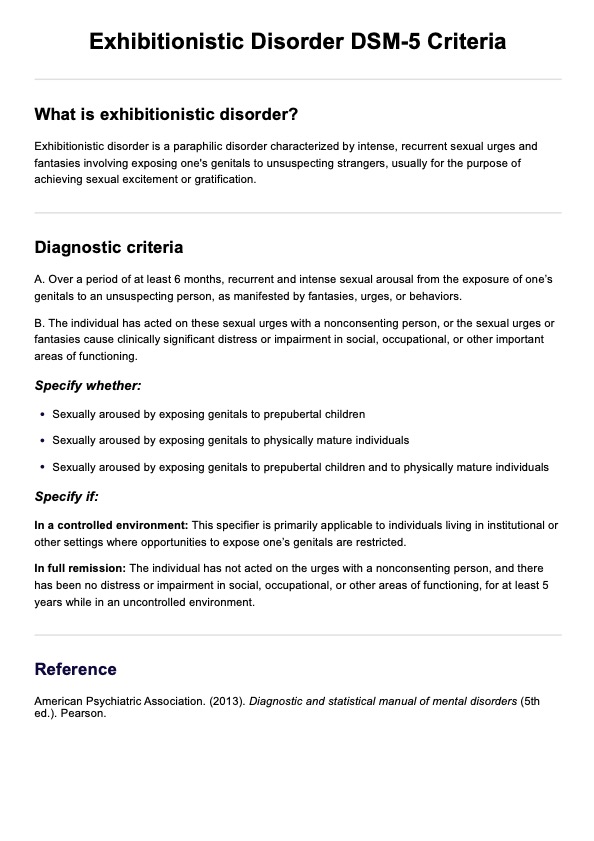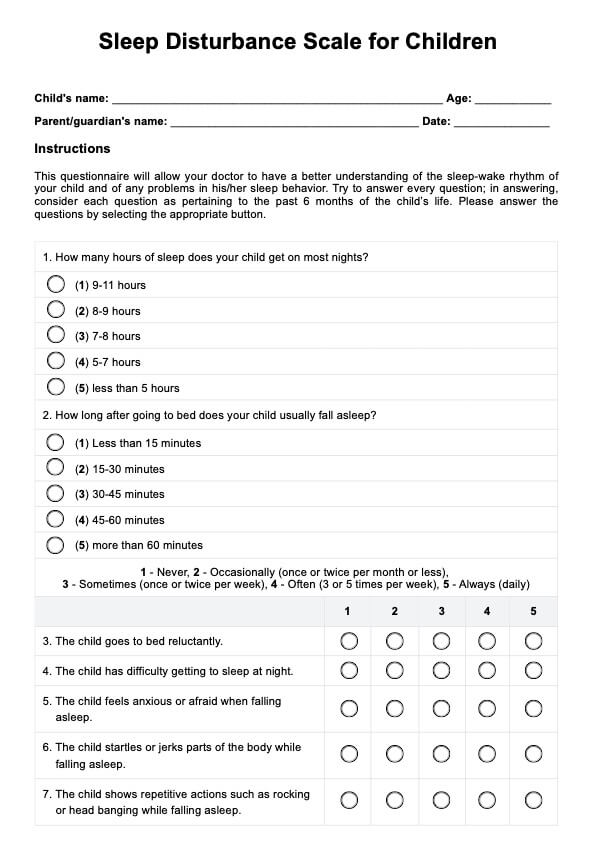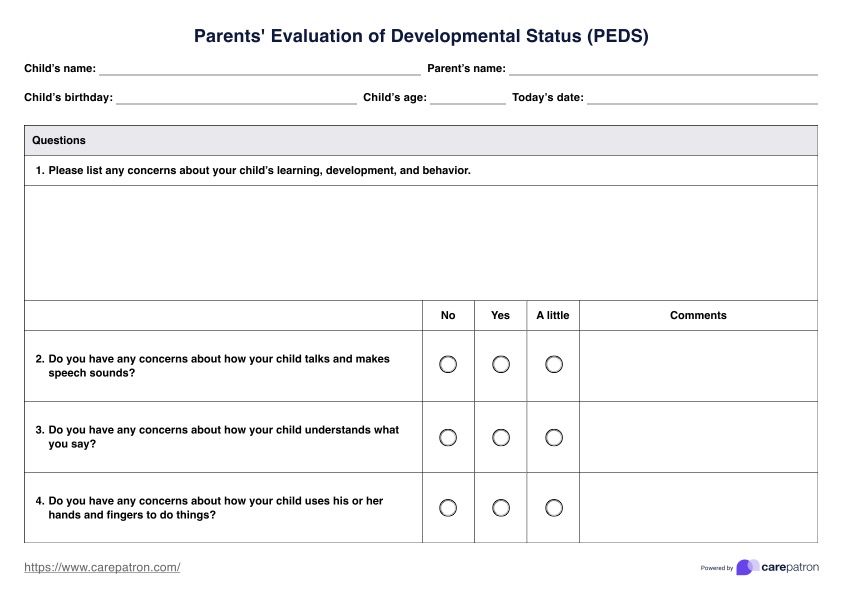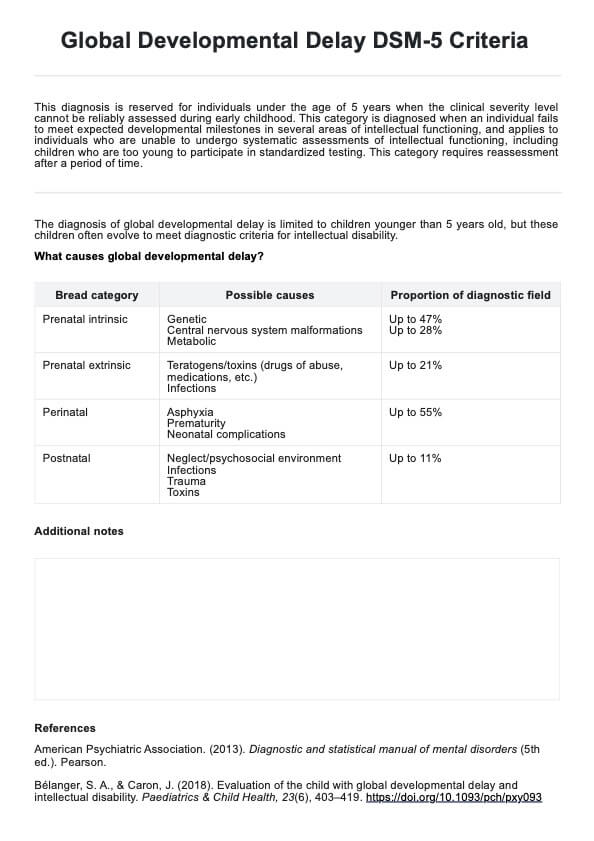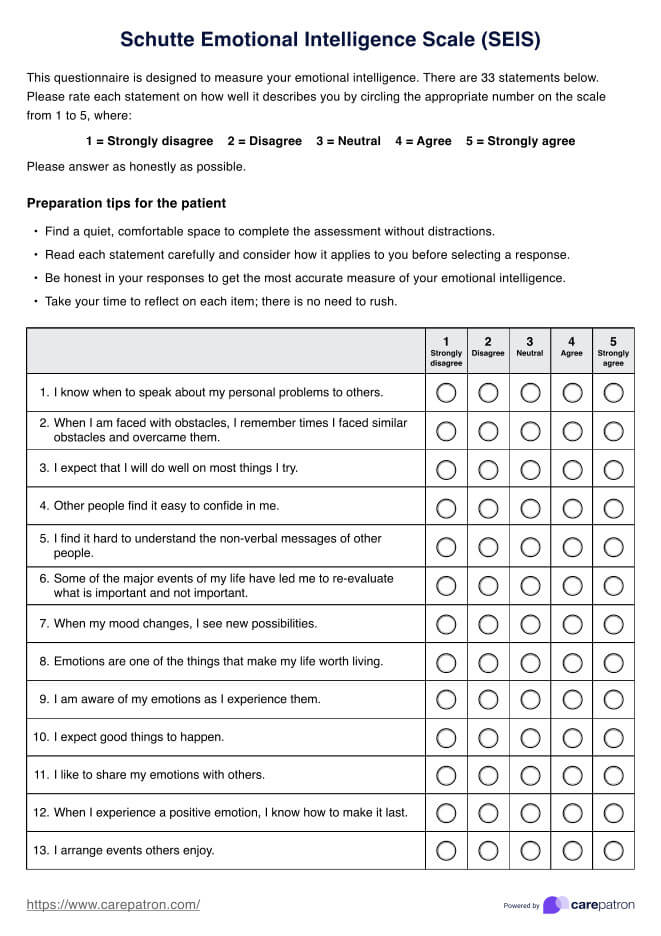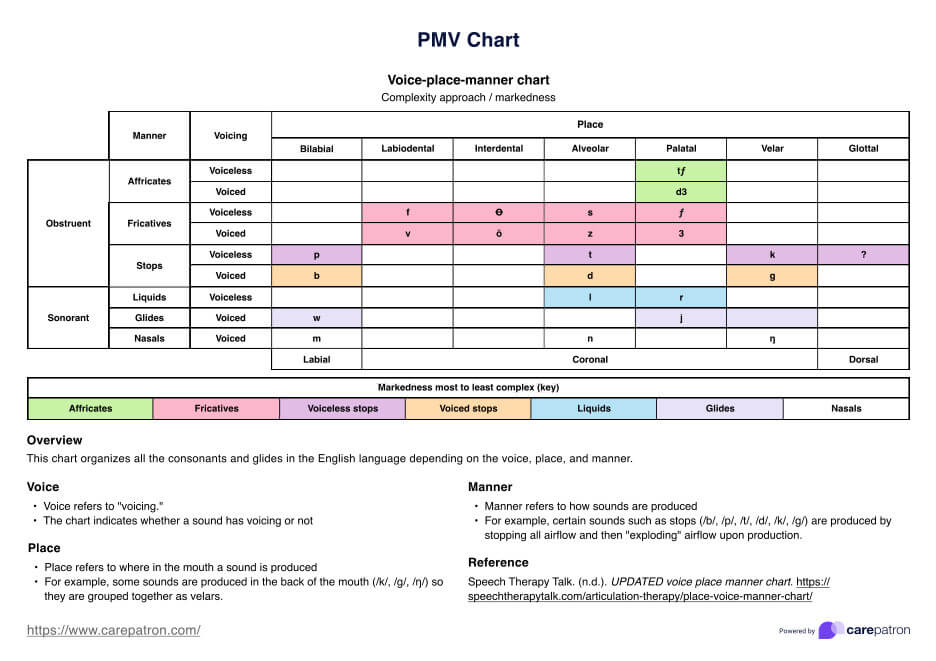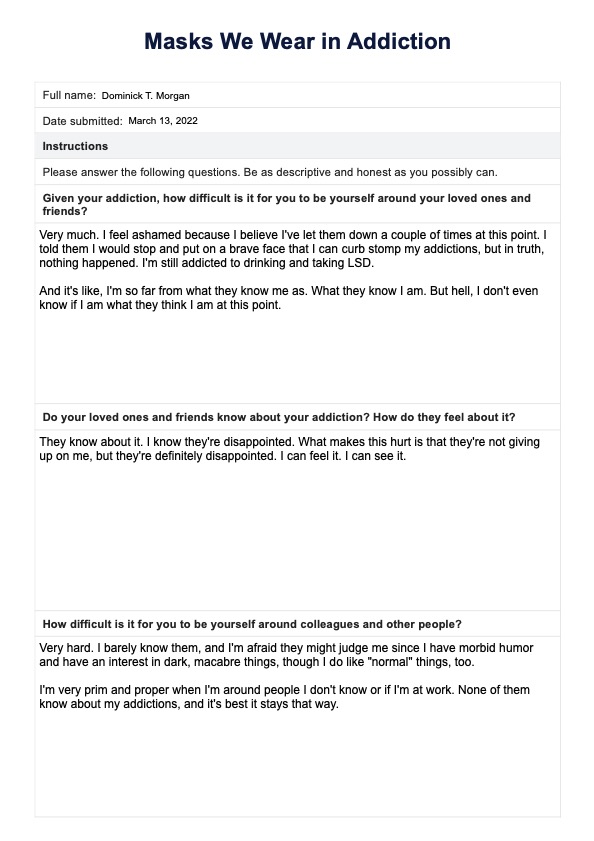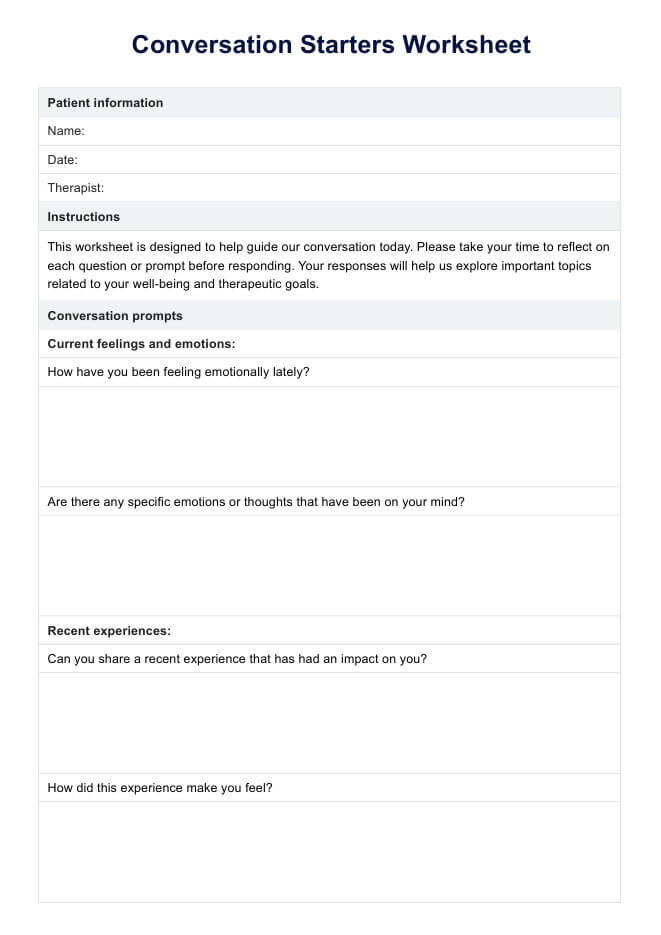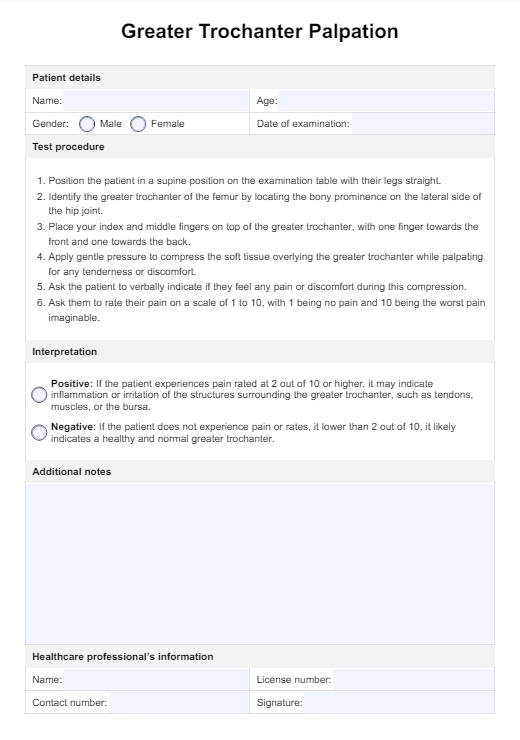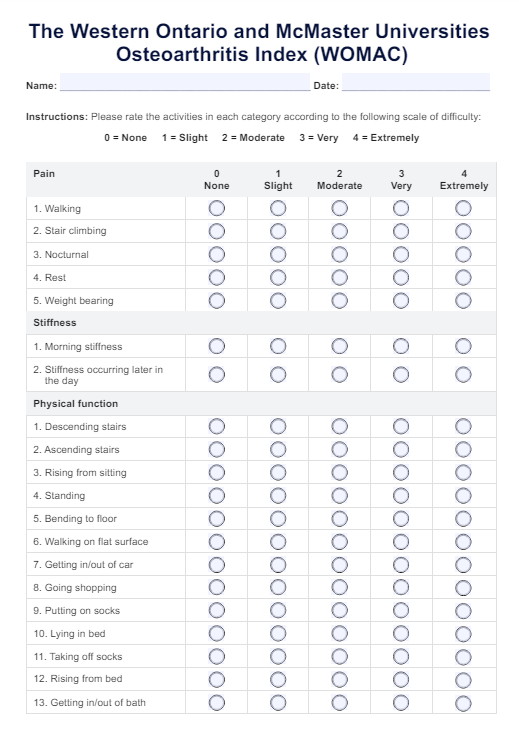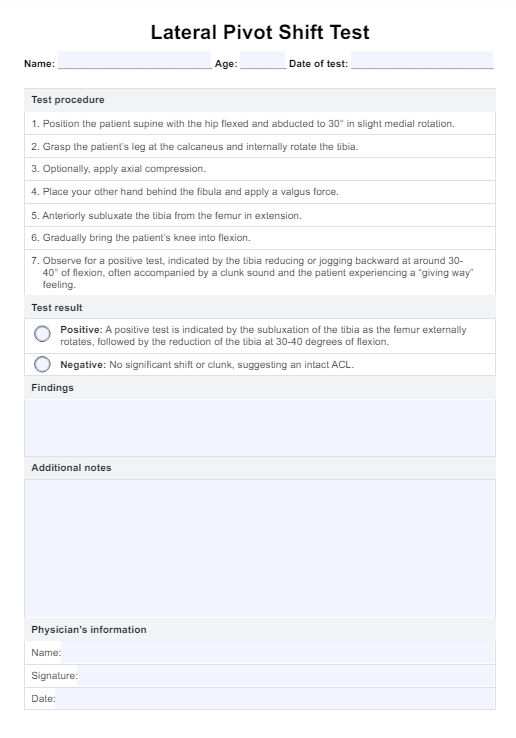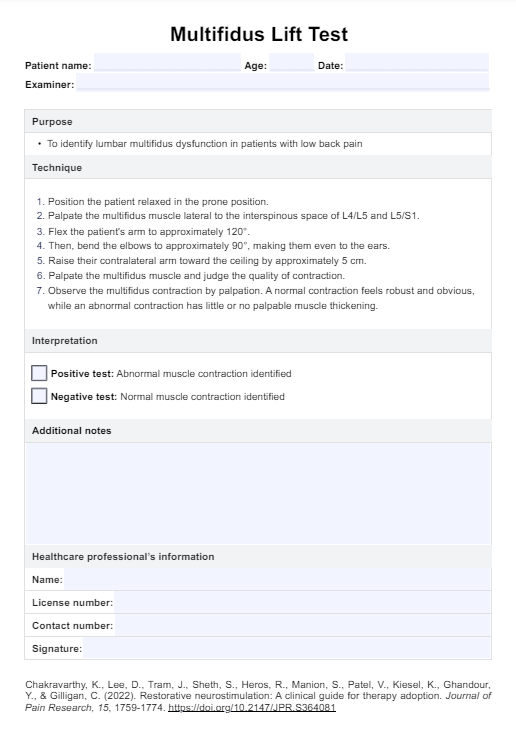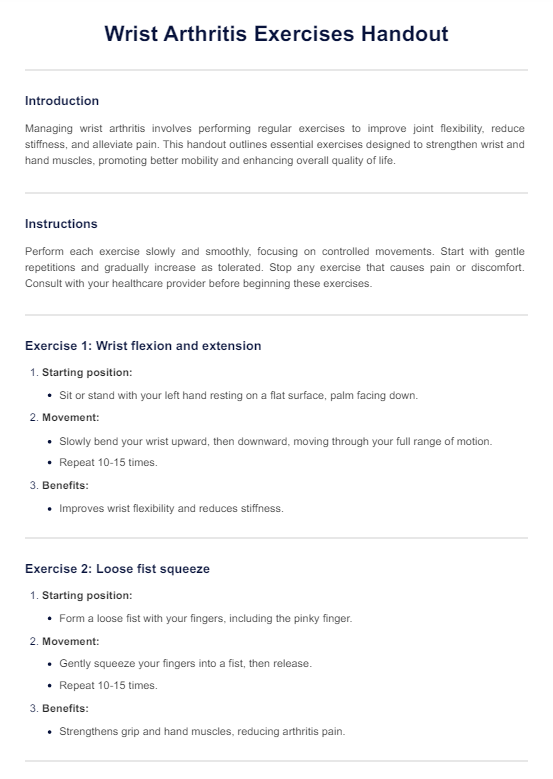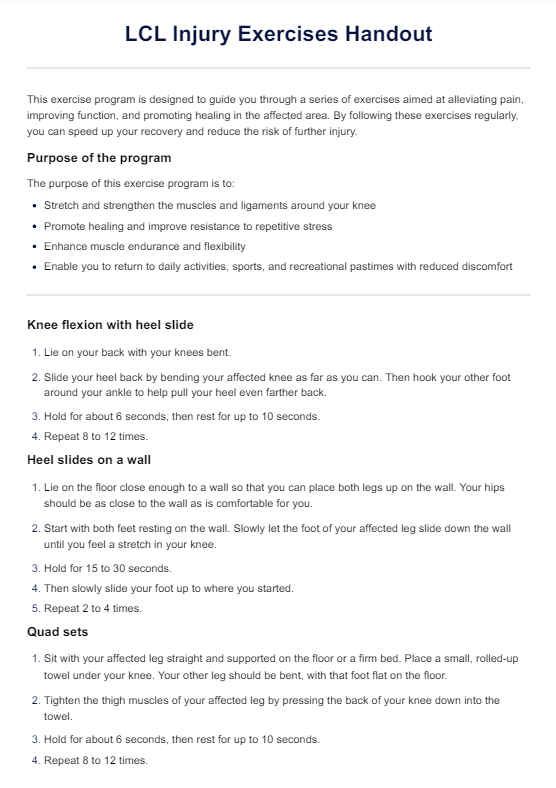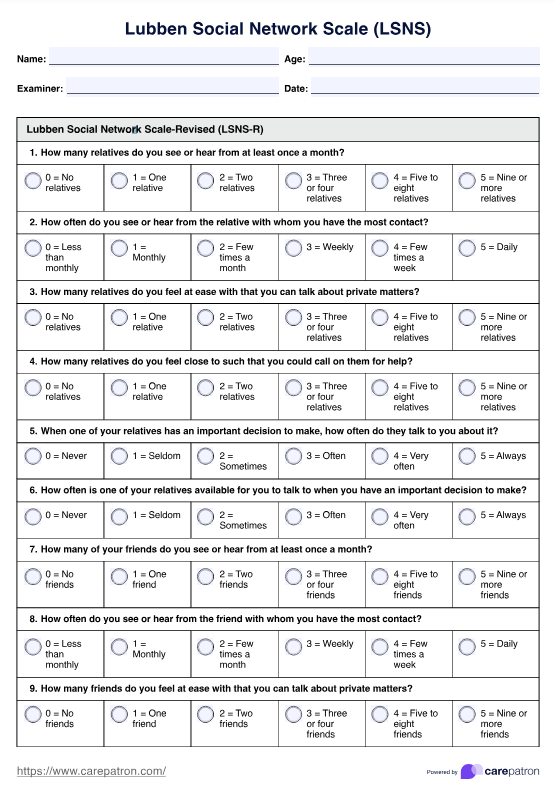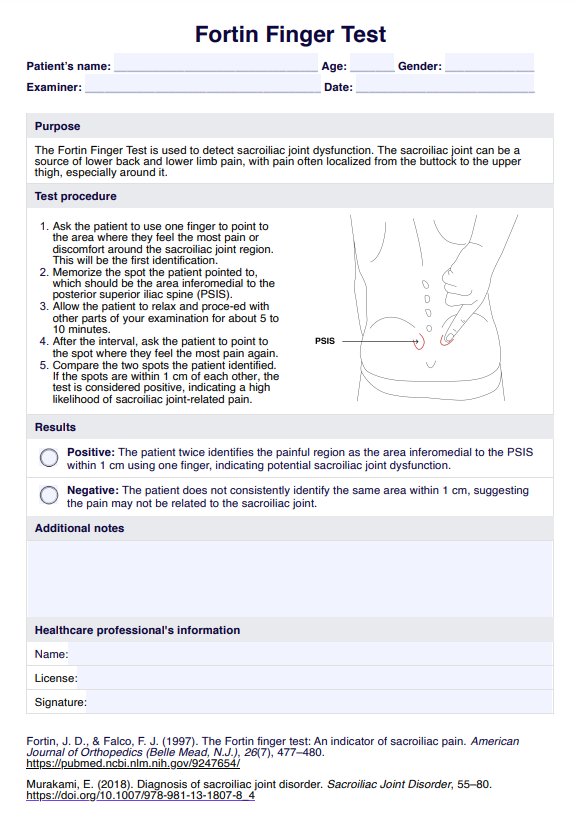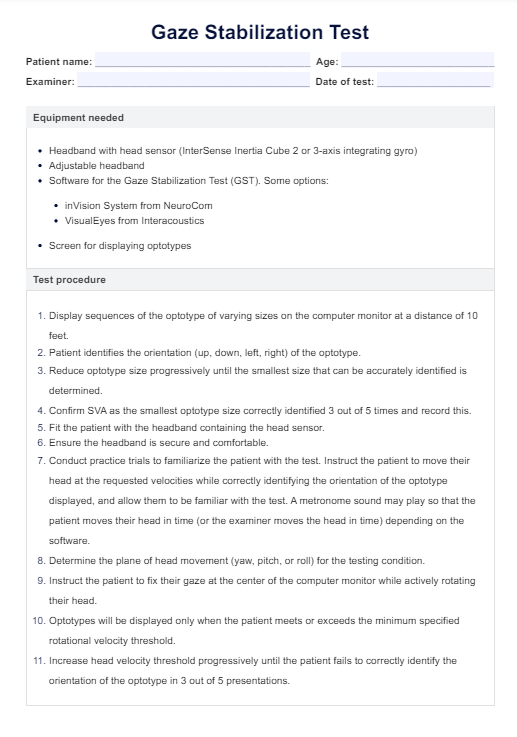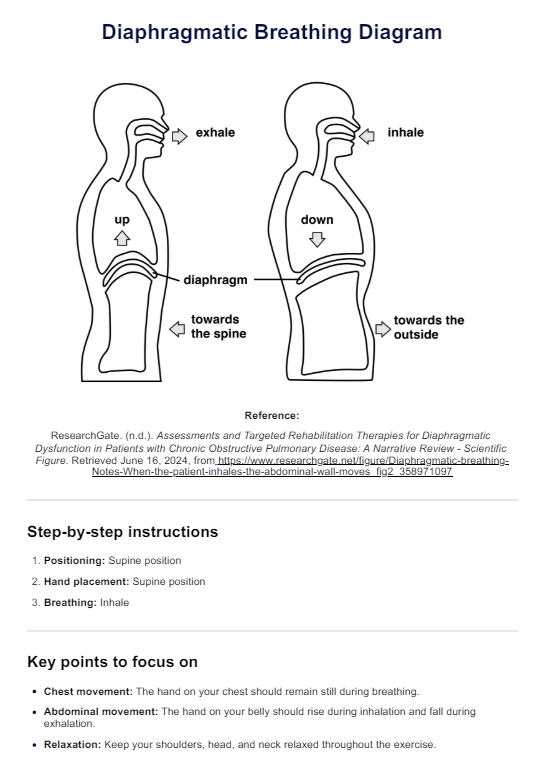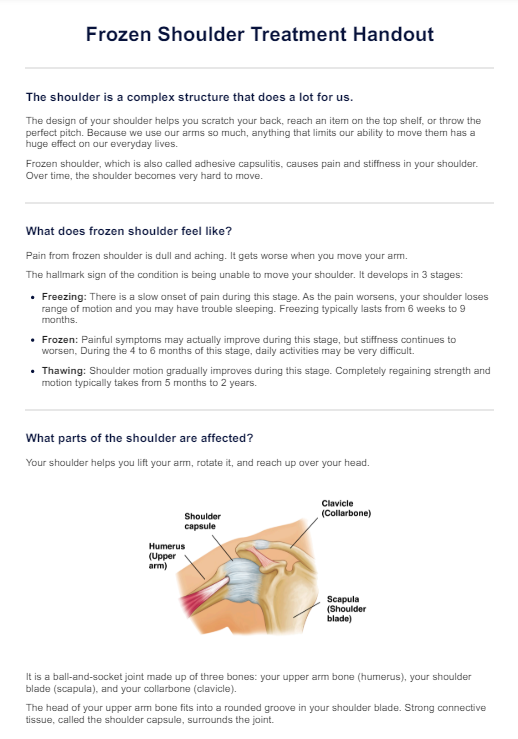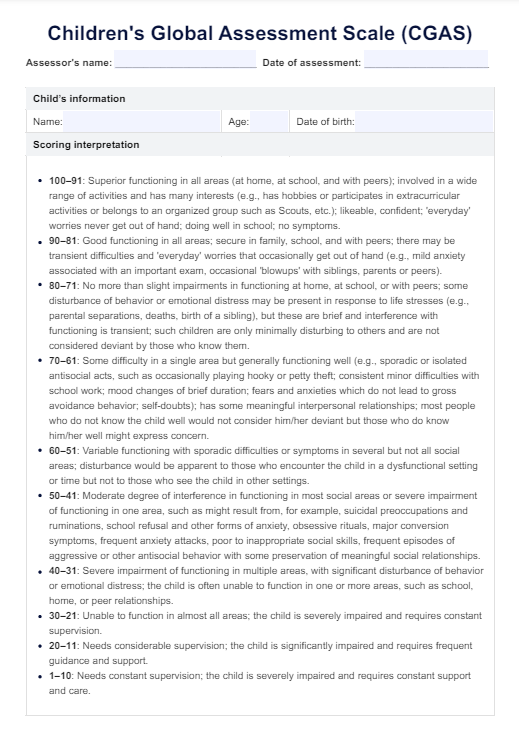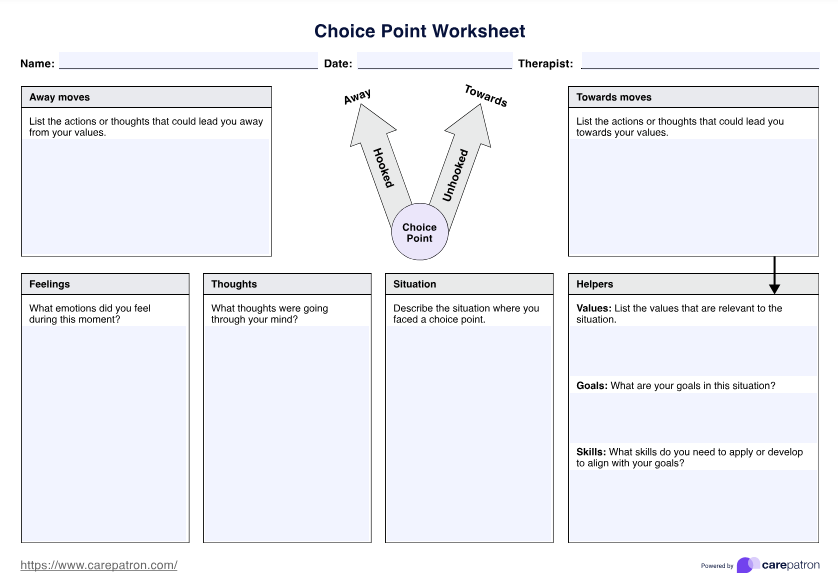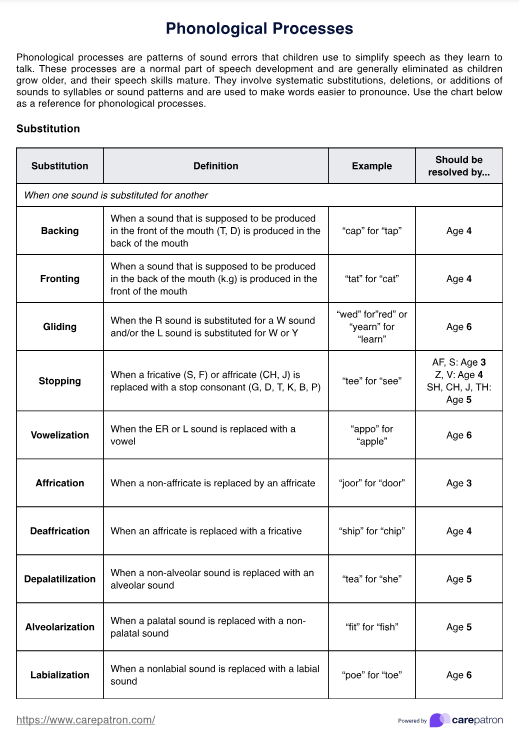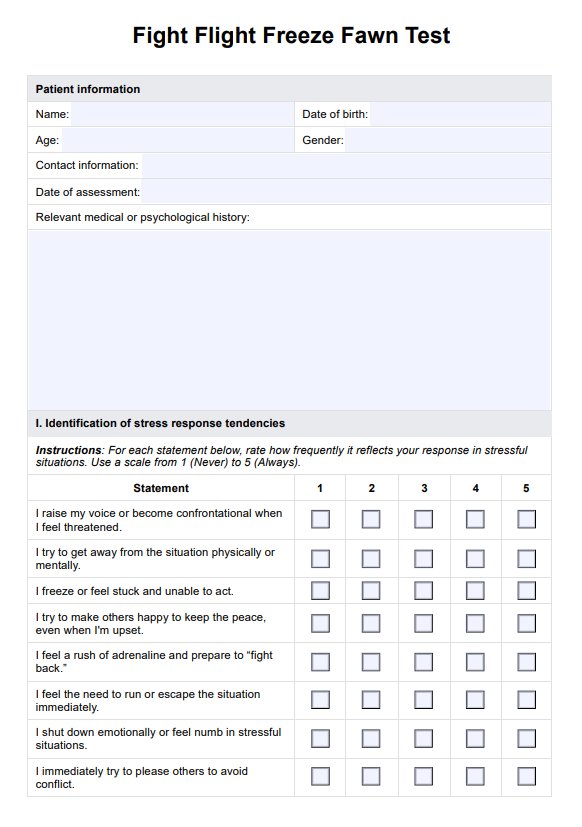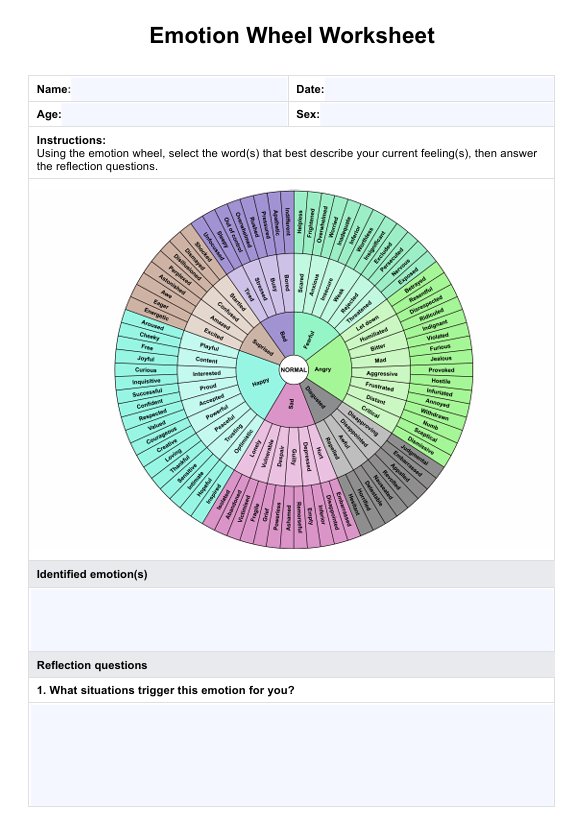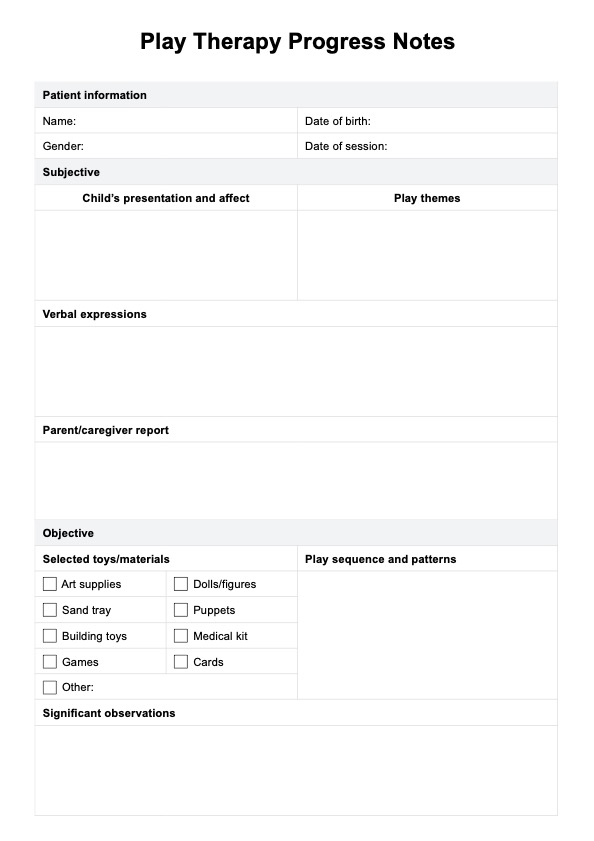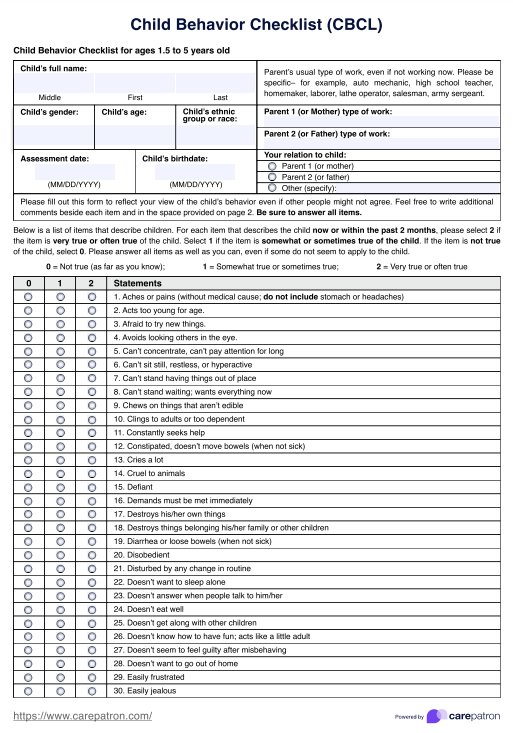Gender Identity Therapy Worksheet
Help clients explore and reflect on their gender identity journey with our Gender Identity Therapy Worksheets.


What is a Gender Identity Therapy Worksheet?
Understanding one's gender identity often requires thoughtful reflection, which is why therapeutic tools have become helpful resources in clinical settings. This is where Gender Identity Therapy Worksheets come in. They are structured tools designed to facilitate exploration and understanding of a client's gender identity within therapeutic settings. These worksheets provide a framework for clients to reflect on their experiences, feelings, and perceptions related to gender, creating opportunities for meaningful self-discovery and insight.
These therapeutic resources typically contain questions, exercises, and reflection prompts addressing various aspects of gender identity in a language clients can understand. They may explore early memories related to gender, current experiences, desired forms of expression, new things they want to learn, and the intersection of gender with other identity elements.
The primary purpose of gender identity therapy worksheets is to support clients in developing a deeper understanding of themselves. Healthcare practitioners often implement these worksheets at different stages of the therapeutic process. They might be introduced early in establishing a baseline understanding, affirming one's gender identity or sexual orientation, and exploring challenges and personal experiences.
Gender Identity Therapy Worksheet Template
Gender Identity Therapy Worksheet Example
How to use our Gender Identity Therapy Worksheet
Our gender identity worksheet aims to facilitate meaningful exploration of gender identity in therapeutic settings. It helps create space for clients to articulate complex emotions and experiences that might otherwise remain unexpressed. Below are some steps you can follow to use this in your clinical practice and enrich discussion and navigation of different perspectives:
Step 1: Access the worksheet
In the template preview on this page, click on "Use template" to open and customize the file within the Carepatron app, or click "Download" to get a fillable PDF.
Step 2: Establish baseline understanding
Begin by introducing the worksheet as an exploratory tool rather than an assessment. The initial "current understanding" section helps both practitioner and client establish a starting point for gender-related discussions. This section gauges the client's current relationship with gender concepts, comfort level with gender-related topics, and preferences for therapeutic focus.
Step 3: Guide the exploration of gender dimensions
The "exploration" section delves deeper into various aspects of gender identity, including significant experiences, areas of interest, and emerging questions. This step encourages clients to articulate specific dimensions of gender they wish to explore further.
Step 4: Identify resources and establish therapeutic goals
The worksheet transitions to identifying current support systems and setting concrete goals for therapy. The "support and resources" and "therapeutic goals" sections help clients articulate what additional support they might need while establishing clear markers for therapeutic progress.
Step 5: Facilitate personal reflection and future planning
The final sections of the worksheet focus on comfort, challenges, and next steps in the client's gender journey. This reflection component helps integrate insights gained throughout the worksheet, allowing clients to summarize their thoughts and gain agency in thinking about their next steps.
When would you use this template?
Gender Identity Therapy Worksheets serve as valuable clinical tools in various therapeutic contexts where gender exploration forms a component of treatment. The template provided offers a comprehensive framework that can be adapted to various clinical scenarios. Understanding when and how to implement such tools represents an important aspect of gender-affirming practice.
Initial assessment and rapport building
This worksheet template is particularly valuable during early therapy sessions to establish therapeutic rapport and gather baseline information. This initial assessment component helps both client and practitioner develop a shared understanding of where the therapeutic work might begin.
During identity exploration phases
The template offers significant clinical utility during active phases of gender identity exploration. When clients express interest in examining gender-related experiences more deeply, the systematic approach provided by the worksheet helps organize what can otherwise feel like an overwhelming process.
Therapeutic goal setting
Implementation of this worksheet template is also appropriate when establishing treatment goals and monitoring therapeutic progress. This application helps transform abstract concepts into concrete therapeutic objectives and provides a reference point for evaluating treatment effectiveness over time.
Transition planning
The template finds additional utility during phases focused on enhancing support systems or planning for social, medical, or legal aspects of gender transition. The "Reflection" section, particularly questions about challenges and next steps, provides structure for clients considering specific transition-related decisions.
Benefits of using this template
Gender Identity Therapy Worksheets are a significant resource in mental health, specifically assisting individuals in exploring their gender identity. The structured approach offers several benefits in clinical settings.
Enhanced therapeutic efficiency and focus
Using a pre-designed template streamlines the therapeutic process by providing a clear structure for gender exploration. Standardized worksheets help both practitioners and clients maintain focus on relevant dimensions of gender identity while ensuring comprehensive coverage of important topics.
Improved documentation and continuity of care
Electronic storage of gender identity worksheets in secure platforms provides substantial benefits for documentation and continuity of care. Digital templates stored in HIPAA-compliant software ensure that sensitive information remains secure and accessible to authorized providers.
Client empowerment and engagement
The template format significantly benefits client engagement and empowerment throughout the therapeutic process. This accessibility transforms the worksheet from a point-in-time assessment into an ongoing resource for personal reflection.
Commonly asked questions
These worksheets are used by individuals exploring their gender identity and those who provide help, such as therapists, counselors, educators, and support group leaders.
The worksheets are used as a tool to help individuals explore and articulate their thoughts, feelings, experiences, and perceptions about their gender identity.
These worksheets provide a structured format for individuals to delve into their feelings and experiences related to gender, potentially leading to a deeper understanding of their gender identity. They are often a crucial part of gender identity exploration and therapy.


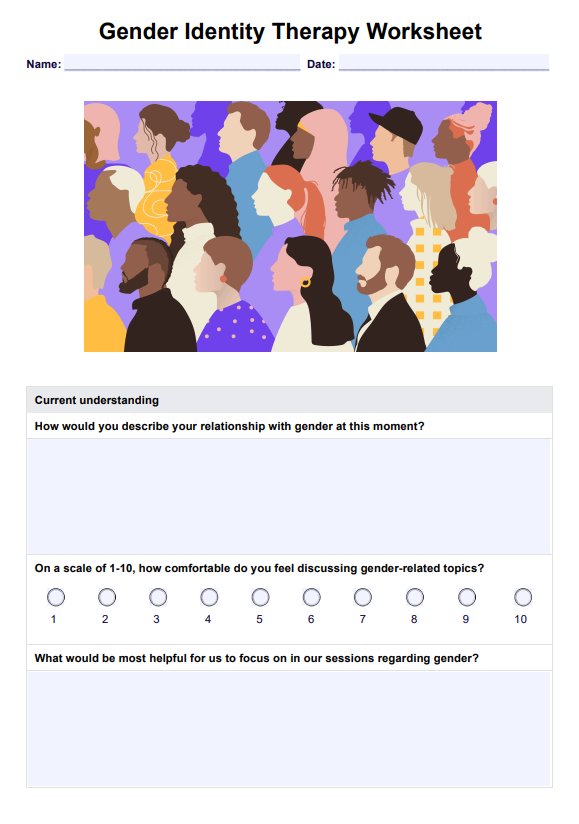
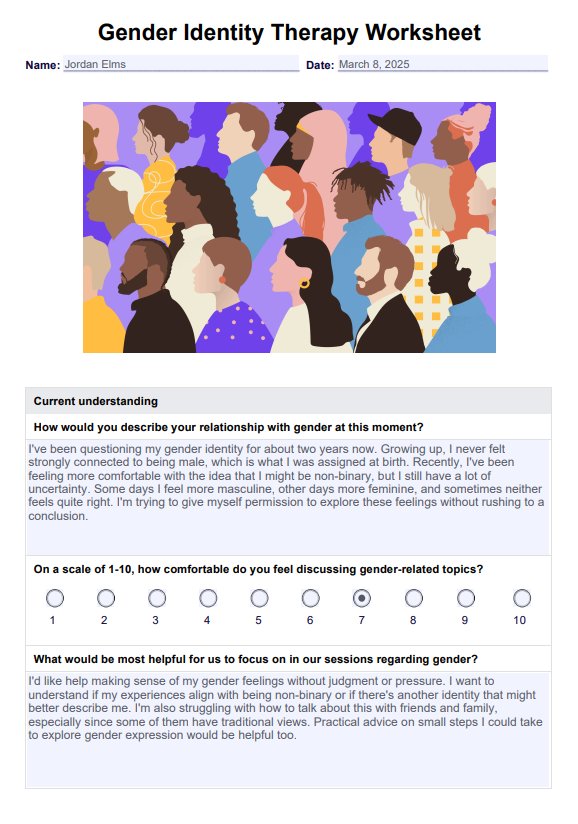


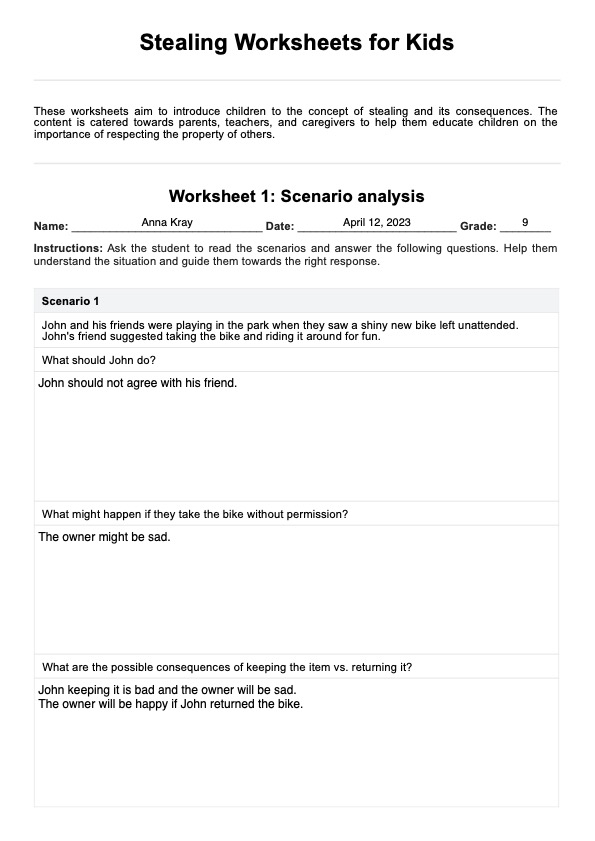
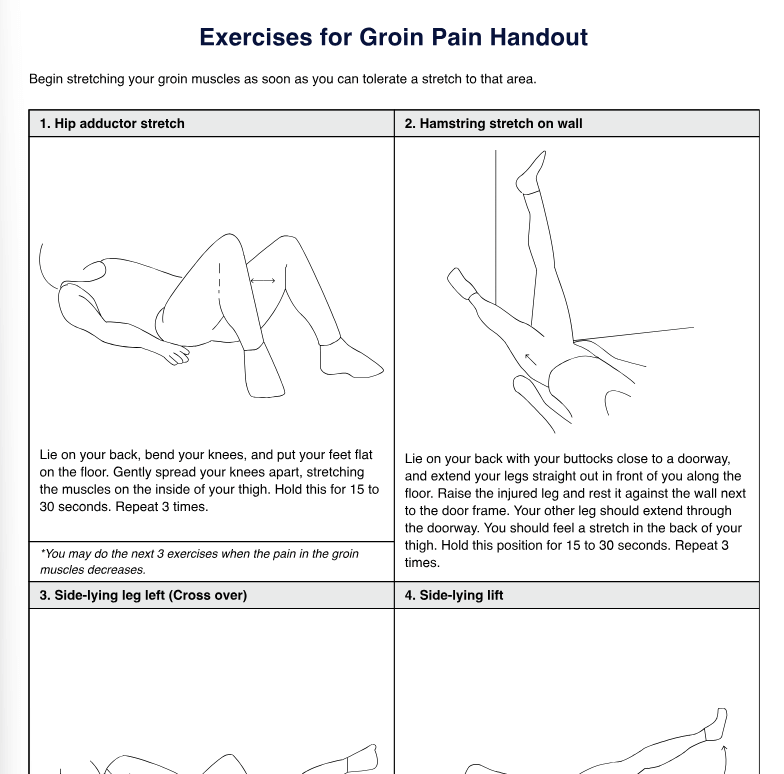


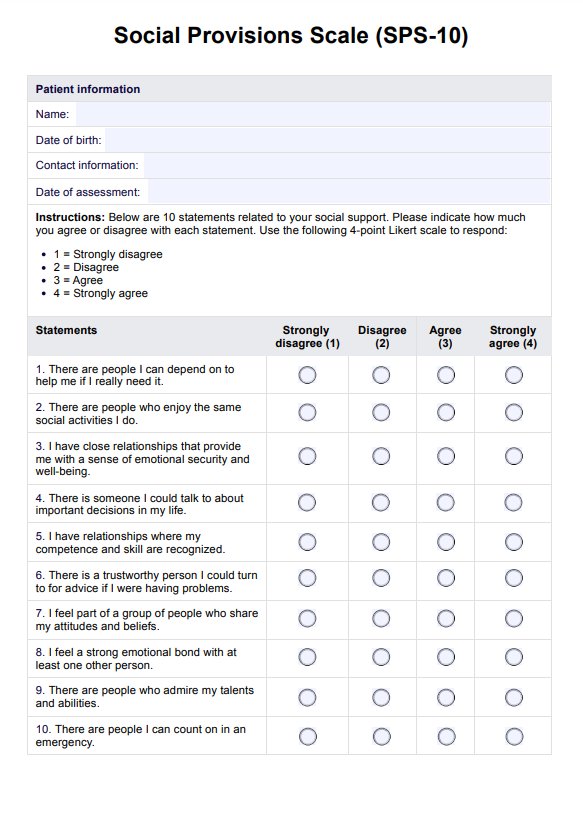

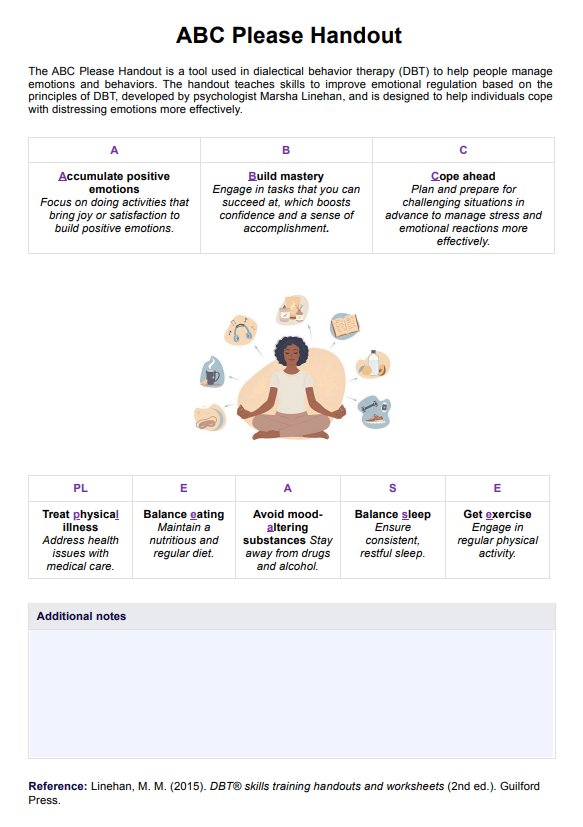
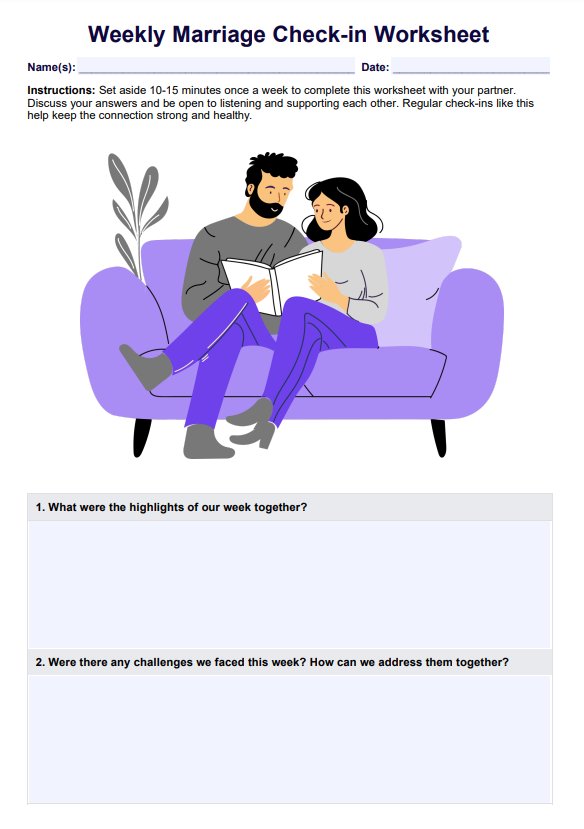
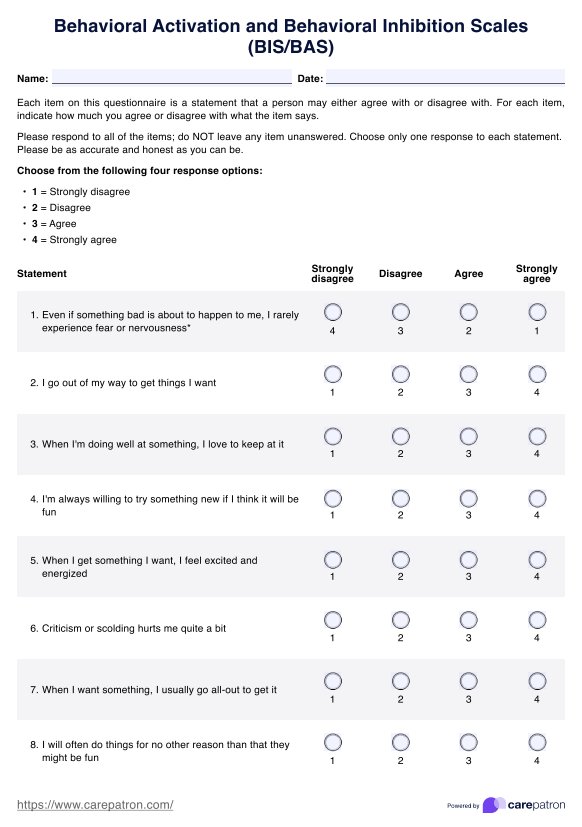
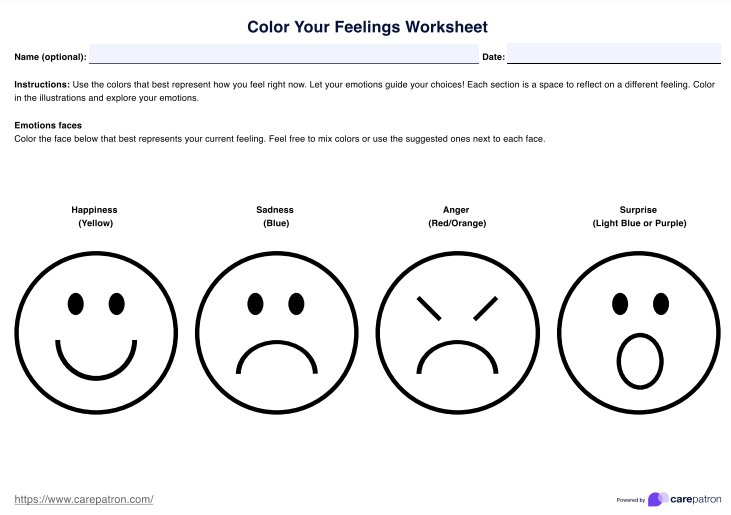
-template.jpg)
